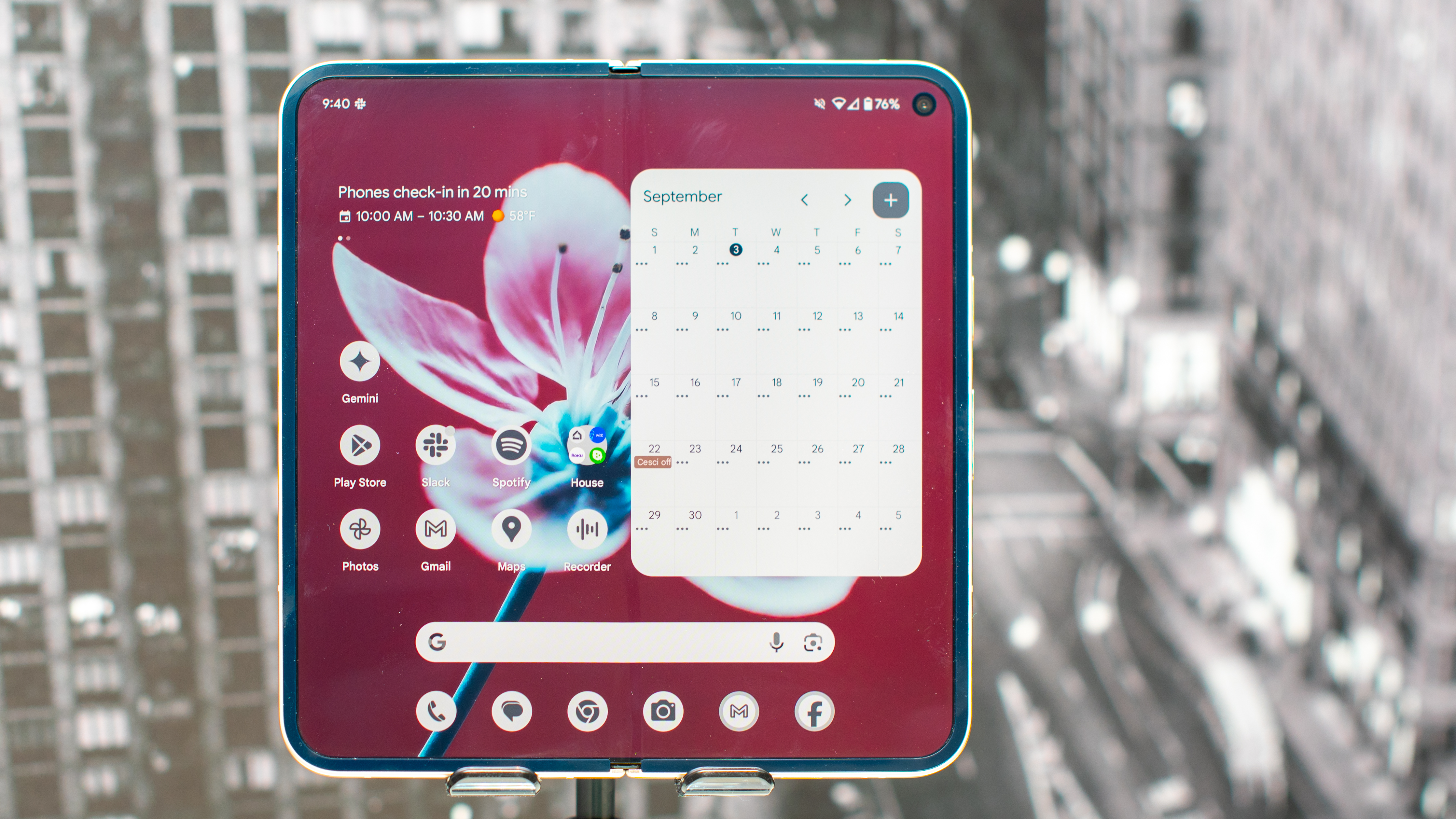
Google Pixel 9 Pro Fold: Two-minute review
The ideal foldable phone is a magic trick you can show your friends. “Look at my phone, it looks totally normal… but wait!” and then you surprise them by pulling a tablet out of your hat. The Google Pixel 9 Pro Fold is the first foldable that nails the trick. Some others have come close, but the Pixel 9 Pro Fold gives you more on the outside, and it turns out that equals more on the inside as well.
The front display on the Pixel 9 Pro Fold is the same as the one on the Pixel 9, no more and no less. It isn’t close-but-a-bit-smaller, as on the OnePlus Open. It definitely isn’t slimmed to fit, as on the Samsung Galaxy Fold 6. It’s perfect: it's incredibly bright and colorful, and except for the slightly larger bezel on the hinge side, the Pixel 9 Pro Fold looks exactly like a normal phone.
Open the phone and you get the largest screen ever hidden inside a foldable phone – or any phone, really. At a full eight inches, you actually get more screen space from the new Pixel Fold than you would from an 8.3-inch iPad mini, since the iPad is narrower.
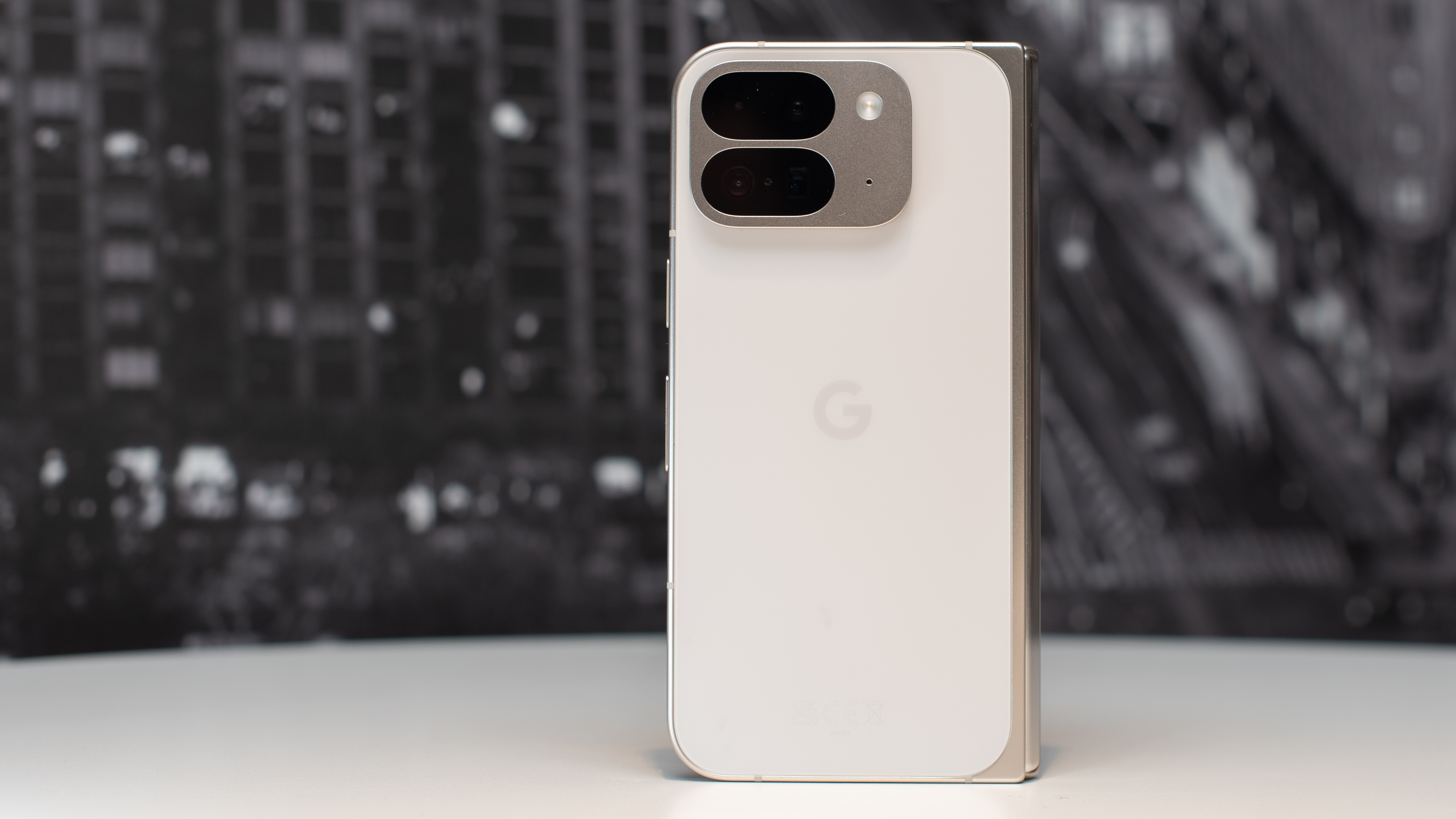
Hidden is the name of the game, since the Pixel 9 Pro Fold is the slimmest foldable phone you can buy (BIG ASTERISK). It’s only 10.5mm thick when closed, which is less than two millimeters thicker than the Samsung Galaxy S24 Ultra.
What’s the asterisk? The Honor Magic V2, a foldable phone you can’t buy most places where Google sells the Pixel 9 Pro Fold, is 9.9 millimeters thick when closed. Its sequel, the Magic V3, is only 9.2 millimeters but that phone is only available in China at the time of writing.
So that’s the pitch for the Pixel 9 Pro Fold. It’s a normal Pixel on the outside, and an iPad mini on the inside. Frankly, if Apple had built this phone we would end the conversation right here, because you’d be convinced to buy one no matter what it costs. ("How much does it cost? Did I mention it’s the thinnest foldable you can buy?!")
The Pixel 9 Pro Fold is loaded with AI features, and this might be the best phone for having fun with Google’s AI. Sure, you can Magic Edit and Reimagine photos on a Pixel 9 Pro, but on the Pro Fold you get the biggest screen possible, and it makes a huge difference when you’re selecting parts of your pics to change.
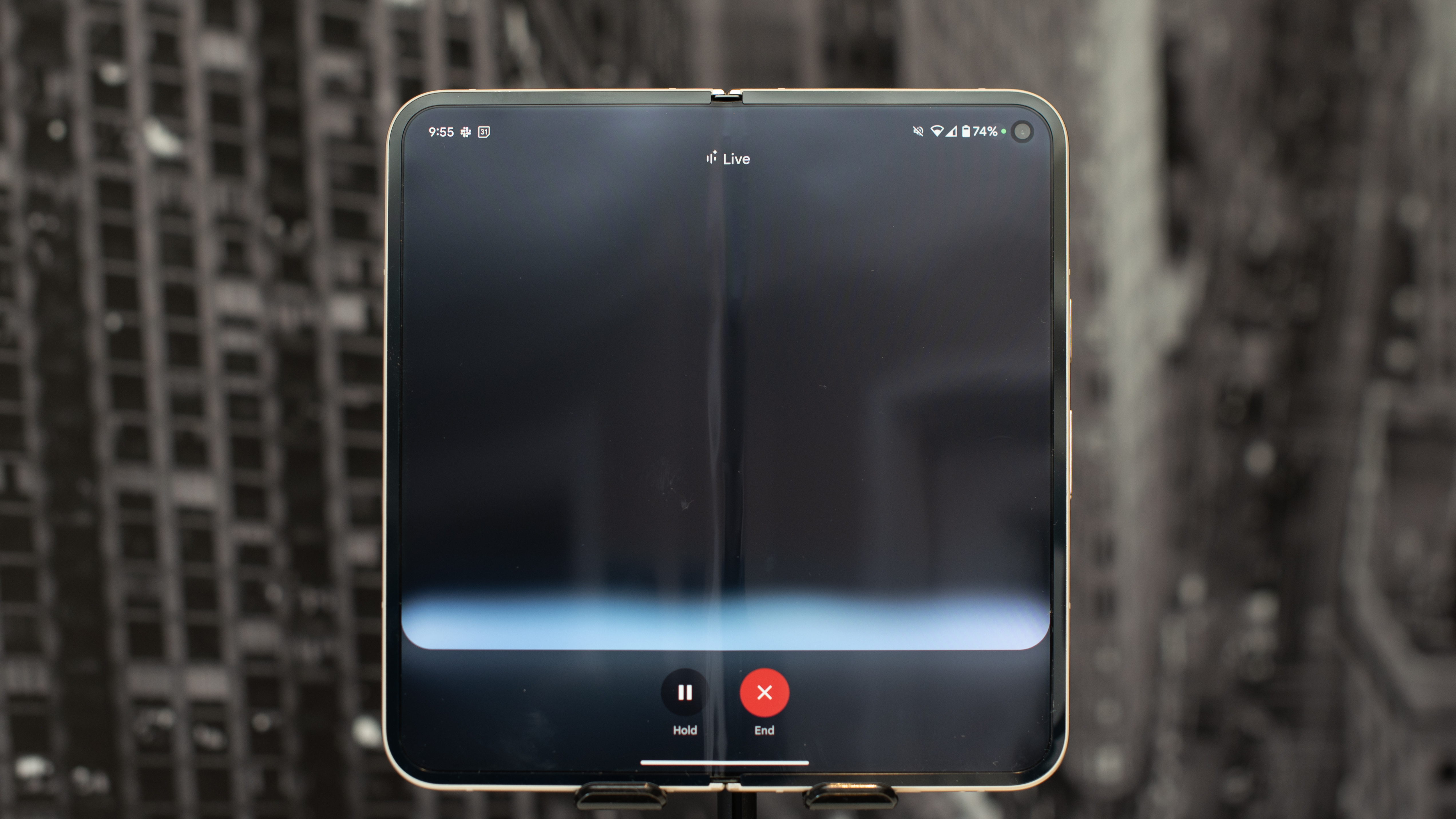
Unfortunately, there just isn’t much else to do with the unique screen options. Don’t get me wrong; everything looks great when you see it on the inner display. Games are fantastic, and it's fun that top-tier games like Disney’s Speedstorm have special modes just for foldable phones to give you a different view when you bend the screen. But… where’s the rest?
The Pixel 9 Pro Fold is too expensive to just be a phone and a mini tablet. It needs to be more than the sum of its parts. It needs to offer more unique experiences that take advantage of the dual-screen design, and the foldable inner screen.
Right now, I can count the benefits on one hand – and you can count along, even if you speak a different language, thanks to the dual-screen translator. There, that’s one feature. Une. Uno. один. I can use the second screen to make faces at kids when I take their picture. That’s two. Duas. Due.
I’m hoping to see a lot more from the Pixel 9 Pro Fold in the years to come. Like the rest of the Pixel 9 family (and unlike the Pixel Fold), the Pixel 9 Pro Fold gets seven years of Android updates, security patches, and Pixel feature drops. I’m hoping that we’re just seeing the beginning of what Google can do with multiple displays, because today the Pro Fold holds too much missed potential.


One final note: as I was putting the finishing touches on this review, my Pixel 9 Pro Fold's inner display broke. I was cleaning the inner display with a Zeiss Lens Wipe, a gentle, pre-moistened cloth made for delicate camera lenses. Afterwards, I noticed the crystal display was leaking and a black splotch appeared on screen.
I reached out to Google for comment and I will update this review when I know more. Obviously this is very disappointing, but we have multiple review samples at TechRadar and across Future, and mine is the only Pixel 9 Pro Fold to have this problem. Still, this calls into question Google's claims that this phone is more durable than ever before.
Google Pixel 9 Pro Fold review: Price and availability

- Available for $1,799 / £1,799 / AU $2,699 with 256GB of storage
- Only two storage options and two colors available
The Google Pixel 9 Pro Fold costs $1,799 / £1,749 / AU $2,699, and I wouldn’t expect the price to drop precipitously the way the price of the original Pixel Fold did. That phone was a disappointment, and Google was motivated to sell it cheaper. You can no longer buy the Pixel Fold, which is highly unusual these days. The old phone generally sticks around to be the cheaper model, but the Pixel Fold is gone, and good riddance.
Google’s new foldable feels so much more advanced than its last one that I can’t imagine its price will come down quickly. The materials feel very premium. This is the thinnest foldable you can buy in the US, at least, and thin doesn’t come cheap. Neither does durability, and Google says this phone is much more durable than before. It looks and feels exponentially nicer than the last Pixel Fold.
Still, is $1,799 / £1,749 / AU$2,699 too much? Like I said, if Apple made this phone there would be no question that people would buy it. I’ve seen a lot of folks comparing the Google Pixel 9 to Apple’s phones, saying it’s the most fun and refined Android design to compete with the Dynamic Island iPhone. The Pixel 9 Pro Fold is one of the nicest-looking foldable phones I’ve seen (I still prefer the OnePlus Open), with the best combination of hardware and software, and no disappointments hidden in the crevices.
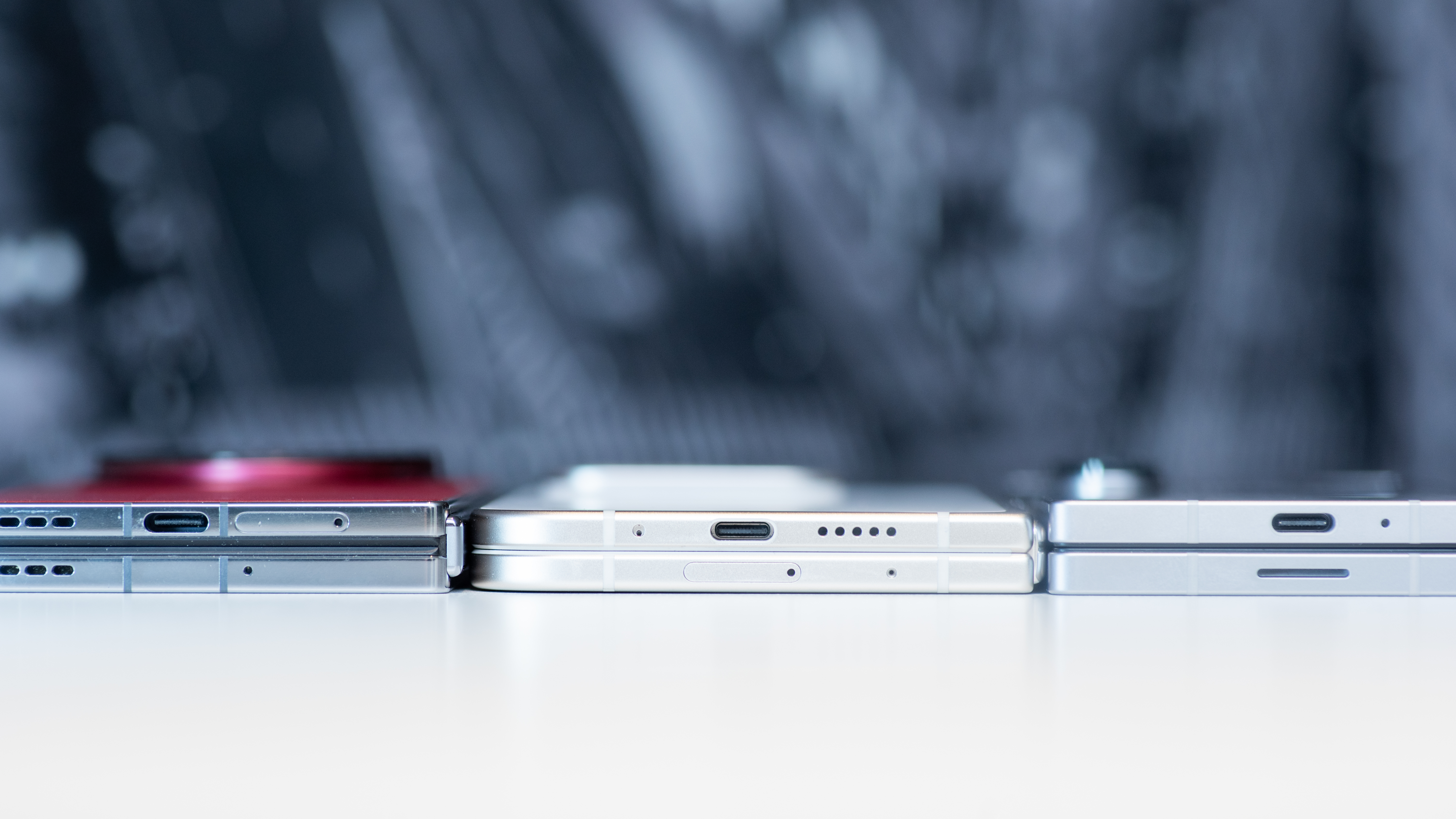
The Galaxy Z Fold 6 can do more – a lot more. You can use a stylus with Samsung's latest foldable flagship, but you have to buy an S Pen, and it has to be the one for the Z Fold. The Galaxy has more productivity software, and frankly more software all around. A lot of it is extraneous, but at least Samsung gives you plenty to do on its large inner display. Google seems lost for ways to really take advantage of the big screen.
This is the foldable conundrum. I haven’t yet seen anything that makes this concept unique and worth the high price tag. Google lets you translate between languages using the front display and the inner screen. That’s amazing! What else can you do with both screens? Ummm, you can display funny faces for kid photos… ? And that’s about it.
If you bought a Google Pixel 9 for $799 / £799 / AU $1,349 and an iPad mini (2021) for $499 / £479 / AU$749, you’d save $501 / £471 / AU $601, and the only thing you would lose is the ability to keep both in your pocket at the same time. The Pixel 9 Pro Fold might be the best foldable phone I’ve used. It’s definitely the best design. I’m still not sure it justifies the high price.
- Value score: 3/5
Google Pixel 9 Pro Fold review: Specs
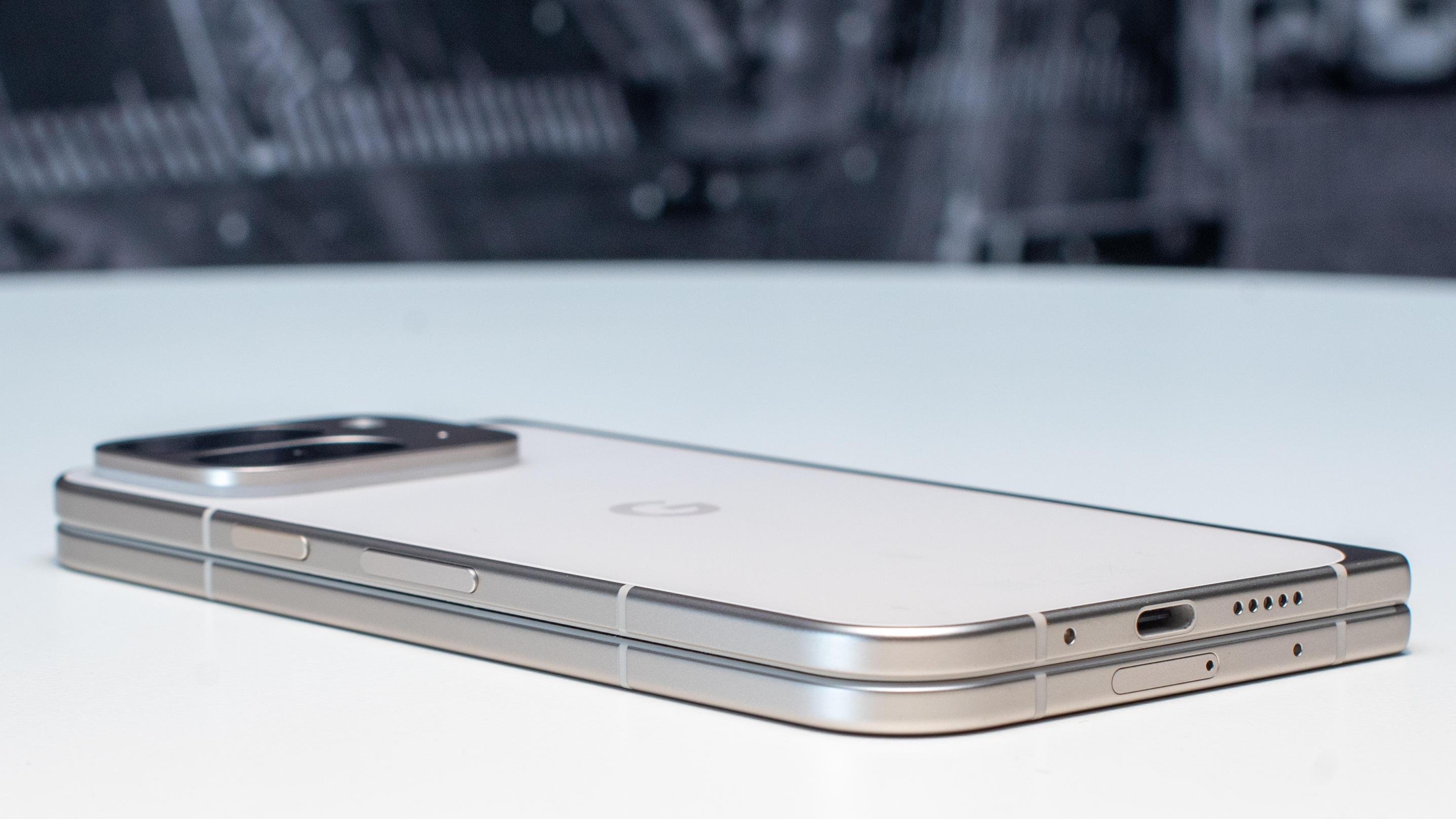
The Pixel 9 Pro Fold is a weird hodge-podge of premium and basic parts. It has Google's latest Tensor G4 chipset paired with a whopping 16GB of RAM – premium like the Pixel 9 Pro. The outer display, though, is basic, as on the Pixel 9, and it can’t match the brightness or the LTPO versatility of the Pixel 9 Pro's panel.
The inner display is top-notch. It uses LTPO tech for a variable refresh rate of 1-120Hz, and it can hit brightness levels up to 2,700 nits. But it isn’t the sharpest display around – the OnePlus Open gives you more pixels per inch – and it has a large bezel by today’s standards.
The cameras offer some impressive specs, like a 5x optical zoom lens that makes a big difference whether you’re shooting photos or recording video. Unfortunately, it has smaller sensors with fewer megapixels than any other Pixel 9 phone.
Between the Tensor G4 and all that RAM, the Pixel 9 Pro Fold chugs along nicely. The phone may be underpowered compared to the Galaxy Z Fold 6 or the latest iPhone model, but Google relies on its cloud and its specialized processor for so many of its AI tasks that it hardly matters. So what if the Pro Fold takes a bit longer to make photo edits – it's making magic!
In all seriousness, I am worried about the long-term viability of this chipset, since Google is promising that the Pixel 9 Pro Fold will get Android OS updates for the next seven years.
Google Pixel 9 Pro Fold review: Design
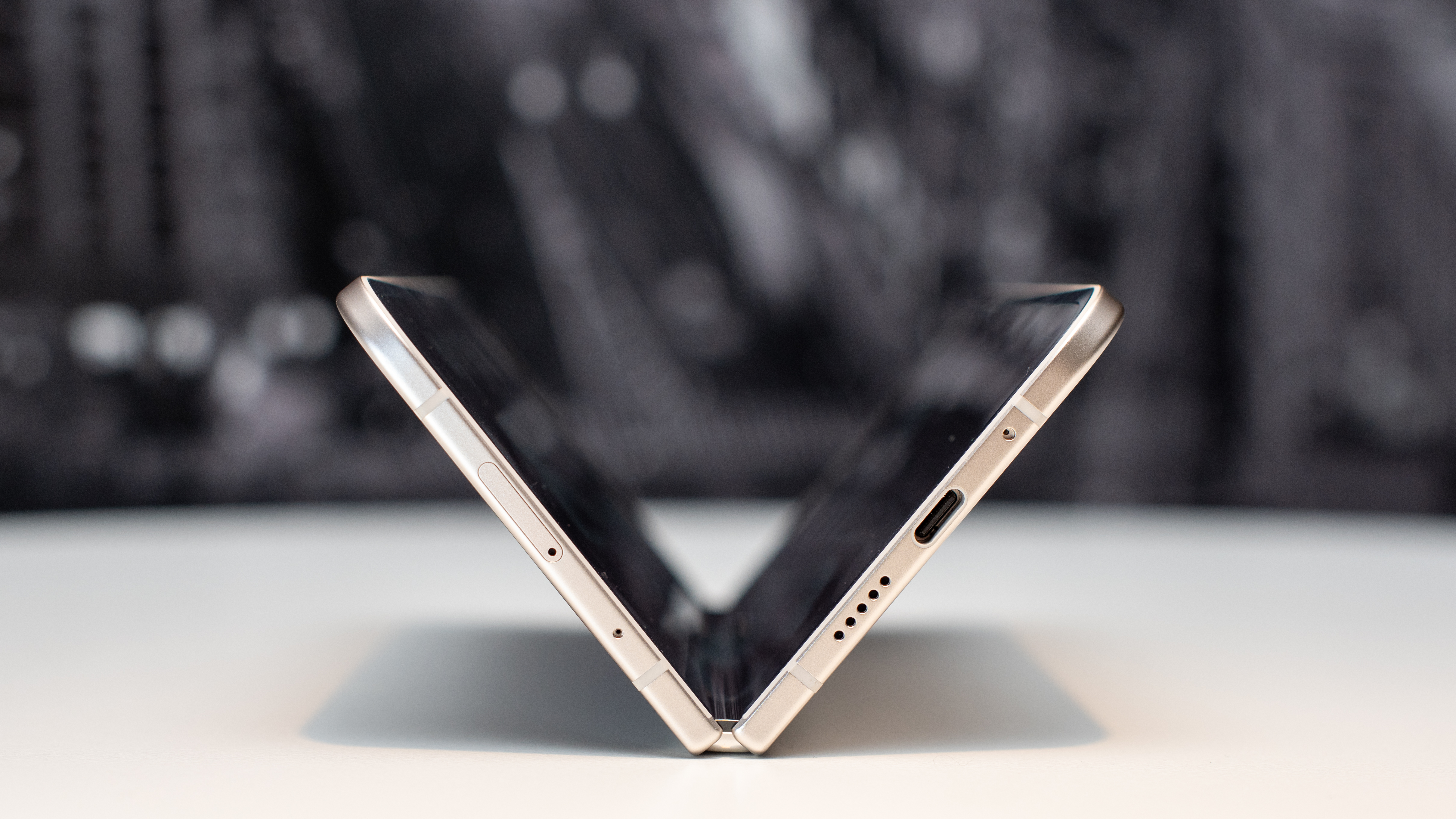
- Thinnest foldable you can buy* (*if you can’t buy an Honor Magic)
- It's a very bad sign when the review sample breaks
Google is making three big claims about the Pixel 9 Pro Fold design. This is the thinnest foldable phone you can buy* (* in certain markets). The inside screen is the biggest display ever packed into a phone. This is also the most durable foldable Pixel phone yet. At least one of those claims seems highly suspect.
When I showed the Pixel 9 Pro Fold to iPhone-toting friends and family they were all amazed, without fail. It’s the first foldable that looks… normal, they all said. How normal? It isn’t just that the front is the exact same size and shape as the Pixel 9. Being thin helps a lot – the Pixel 9 Pro Fold is so thin that it’s less bulky than my iPhone 15 Pro Max if I keep the iPhone in a case.
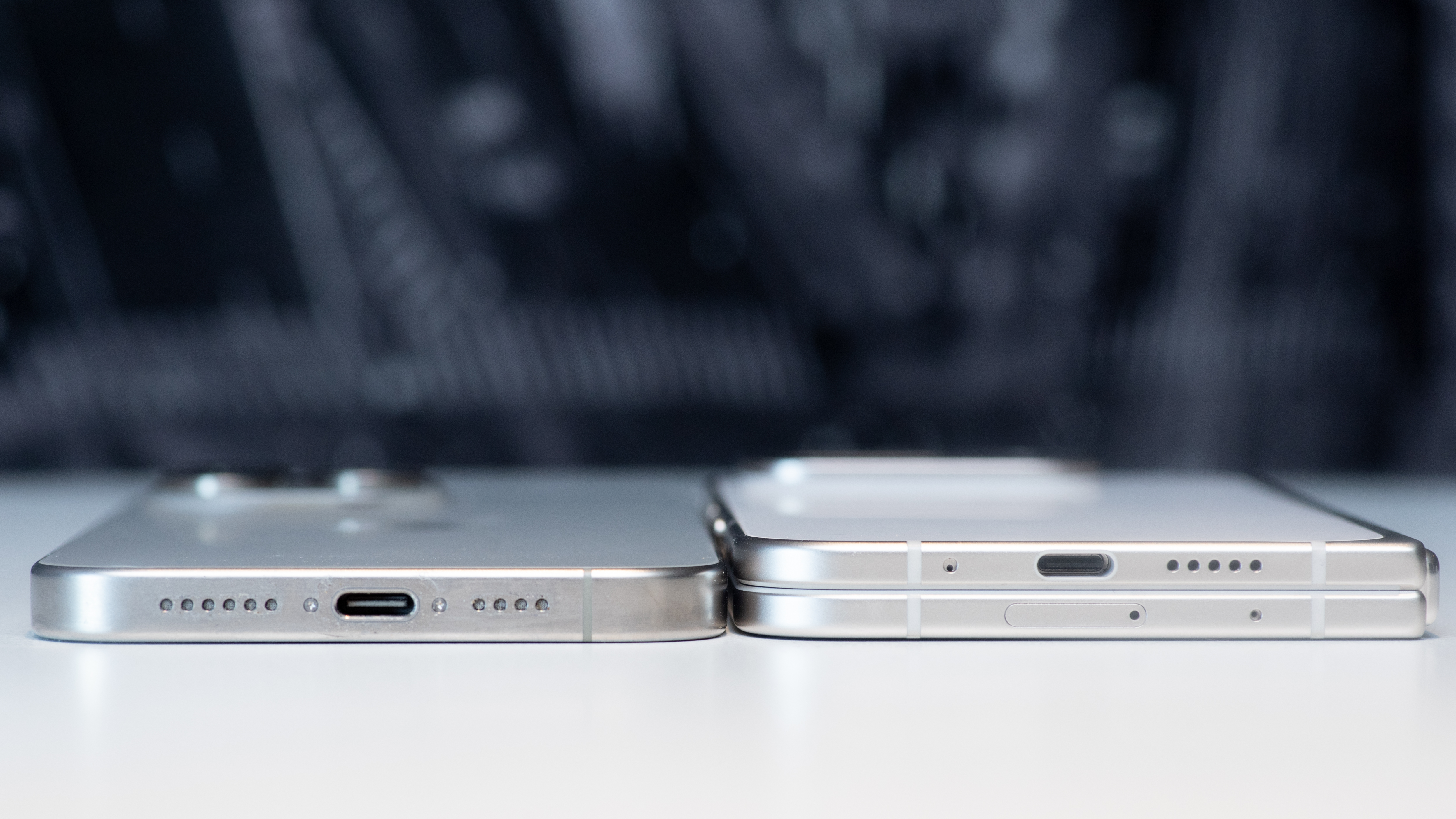
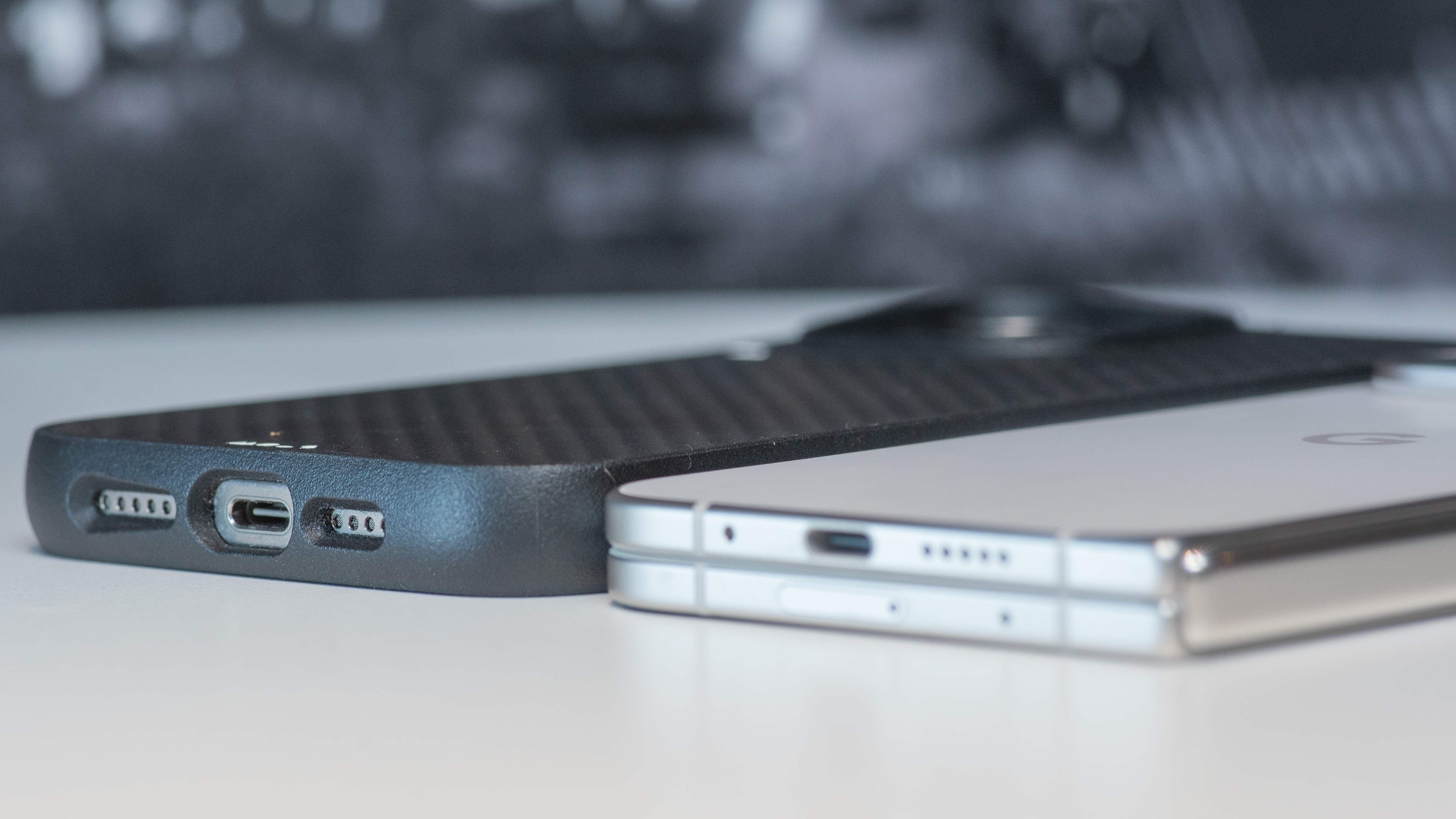
It’s not quite the thinnest foldable, no matter what Google says. The Chinese company Honor launched a Magic V2 phone last year that is a bit thinner, and the sequel, the Magic V3, is even more svelte. Unfortunately, Honor doesn’t sell its phones in every country, and they're not available in the US. When Google said the Pixel 9 Pro Fold is “the thinnest phone you can buy,” it might have been speaking to me, specifically.
On the other hand, that big cover display means the Pixel 9 Pro Fold has the biggest inner display on any foldable phone, even bigger than that of the Honor Magic V3 that I can’t buy. It has a noticeable bezel, but it isn’t thick or silly-looking, like the pool deck surrounding the original Pixel Fold.

The crease on the inner screen is still a crease, just as with every foldable phone I’ve seen. The crease gets less noticeable with every new foldable, but it's still there. What can you do? The Pro Fold does have the nicest hinge I’ve seen, with the fewest bits poking through the mechanism.
I really wish the Pixel 9 Pro Fold came in more color options, but the Obsidian and Porcelain look professional, at least. I usually complain that these colors are boring, but for this price you don’t want to be stuck with a loud color that you hate in six months. Sorry Peony – it’s the Pixel 9 or bust for you.
After a week with the Pixel 9 Pro Fold, I was taking photos of the phone when I noticed the inner display was broken. It seemed to have an internal crystal leak, and a squishy, black blob appeared on screen (see up top). I had just cleaned the screen with a Zeiss Lens Wipe; Zeiss is a lens manufacturer, so I trust its wipes are gentle.
This gives me serious pause about recommending this phone. I have reached out to Google for comment, and I am hoping to replace my broken phone with a new sample so I can test the durability further (within reason). We have at least three other review samples at TechRadar and across Future, and no other reviewer has reported a similar issue.
I hope this is a fluke. Mistakes happen in manufacturing, and as long as this is the only phone I see with this problem, and as long as Google has a fair way for you to get help with a broken phone if this happens to you, I won't change my review because of this one bad phone.
- Design score: 5/5
Google Pixel 9 Pro Fold review: Display

- Inner display is the biggest, brightest, bestest around
- Outer display is nice and normal, and normal is nice
The Pixel 9 Pro Fold has a ‘normal’ cover display – it’s the same display as on the Pixel 9 – and sometimes being normal counts for a lot. On a foldable phone, it counts every time you don’t feel like opening the phone. If the cover display is weird, the phone isn’t as fun to use. The Pro Fold cover display is incredibly bright and colorful, and I could barely see the difference between this phone and my Pixel 9 Pro.
The inner display is like a dream. It’s nearly a square, so unfortunately movies don’t usually fill the big screen, but videos and shows still look bigger and better inside than out. Web pages are much easier to read and navigate. Maps are an entirely new world of navigation. But photo editing is the star of the show.

It’s so much easier to edit photos on the big Pixel 9 Pro Fold inner display that I'm surprised Google doesn’t show every AI demonstration on its foldable. If you were questioning the fun and utility of AI tools before, seeing them on the big display makes things more clear. Whether I’m chatting with Gemini, writing an email in Gmail, or adding a volcano to my photos of Central Park, the Pro Fold is the best Google phone to use, by far.
In bright, outdoor light, the Pixel 9 Pro Fold excels. I used the phone extensively for photo work in bright sunlight, along with all of the other major foldable phones for comparison. The Pro Fold cover display was the easiest to see at full brightness, and it was the most intelligent when it came to activating the brighter screen modes.
When it comes to foldable phone displays, more is better, and the Pixel 9 Pro Fold gives you more screen on the outside and inside, plus more brightness. It’s the best foldable display I’ve used, among the phones I can buy.
- Display score: 5/5
Google Pixel 9 Pro Fold review: Software
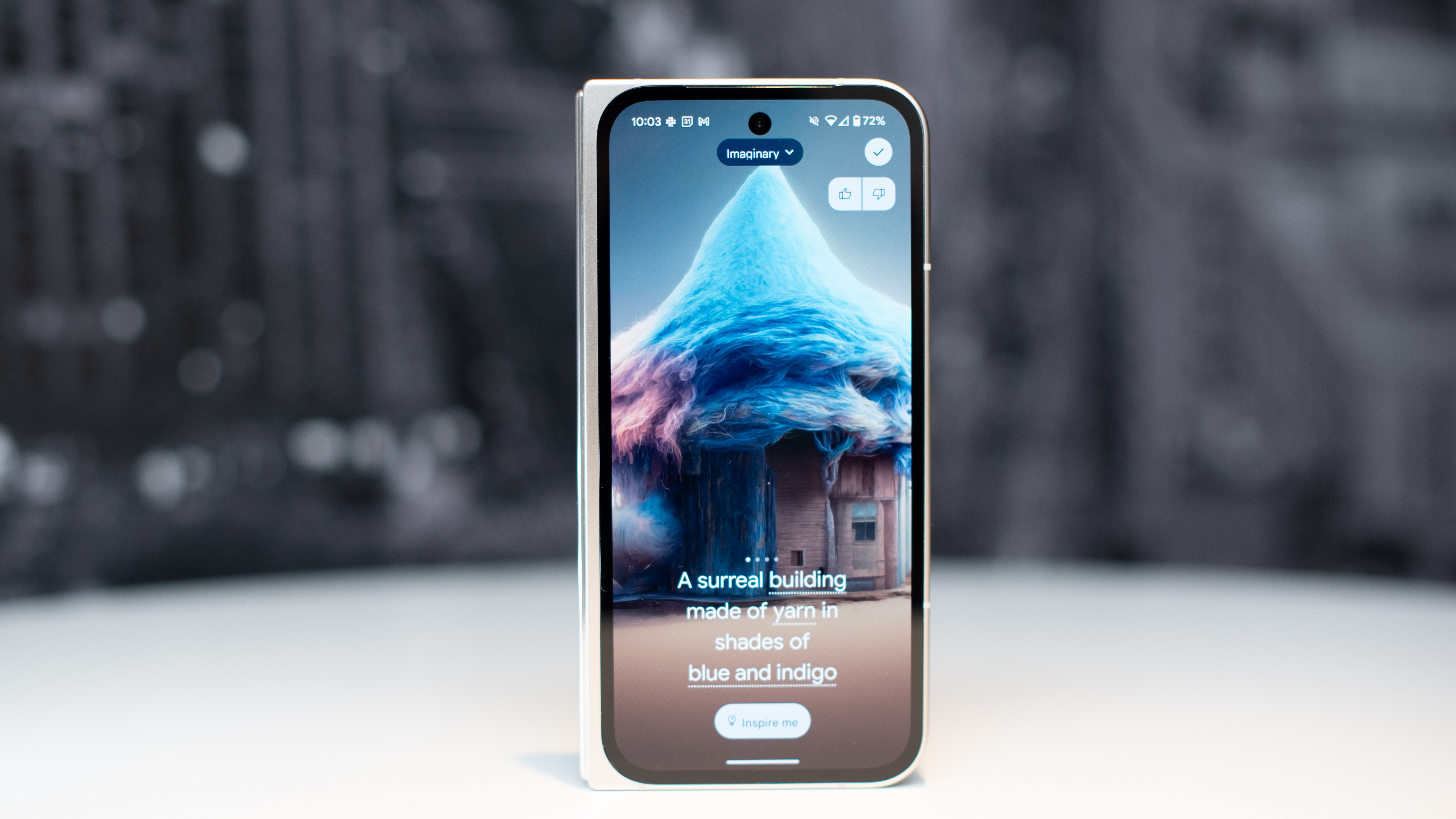
- Google AI software looks even better on the big screen
- Still wishing for more unique dual-screen features
The Google Pixel 9 Pro Fold can do everything the other Pixel 9 phones can do, and that means a lot of AI. The coolest and most advanced new features are probably the image-making tools. You can now create images from scratch with Pixel Studio. There are limits on making images with humans, but anything else seems to be fair game.
I love the suggestions Google offers in Pixel Studio. The results can be hit or miss, but they hit hard when they're on target. Following Google’s lead, I made a fake CD, jewel case and all, to replicate the one my college a cappella group produced in the 90s. It was a total hit on my Facebook wall.
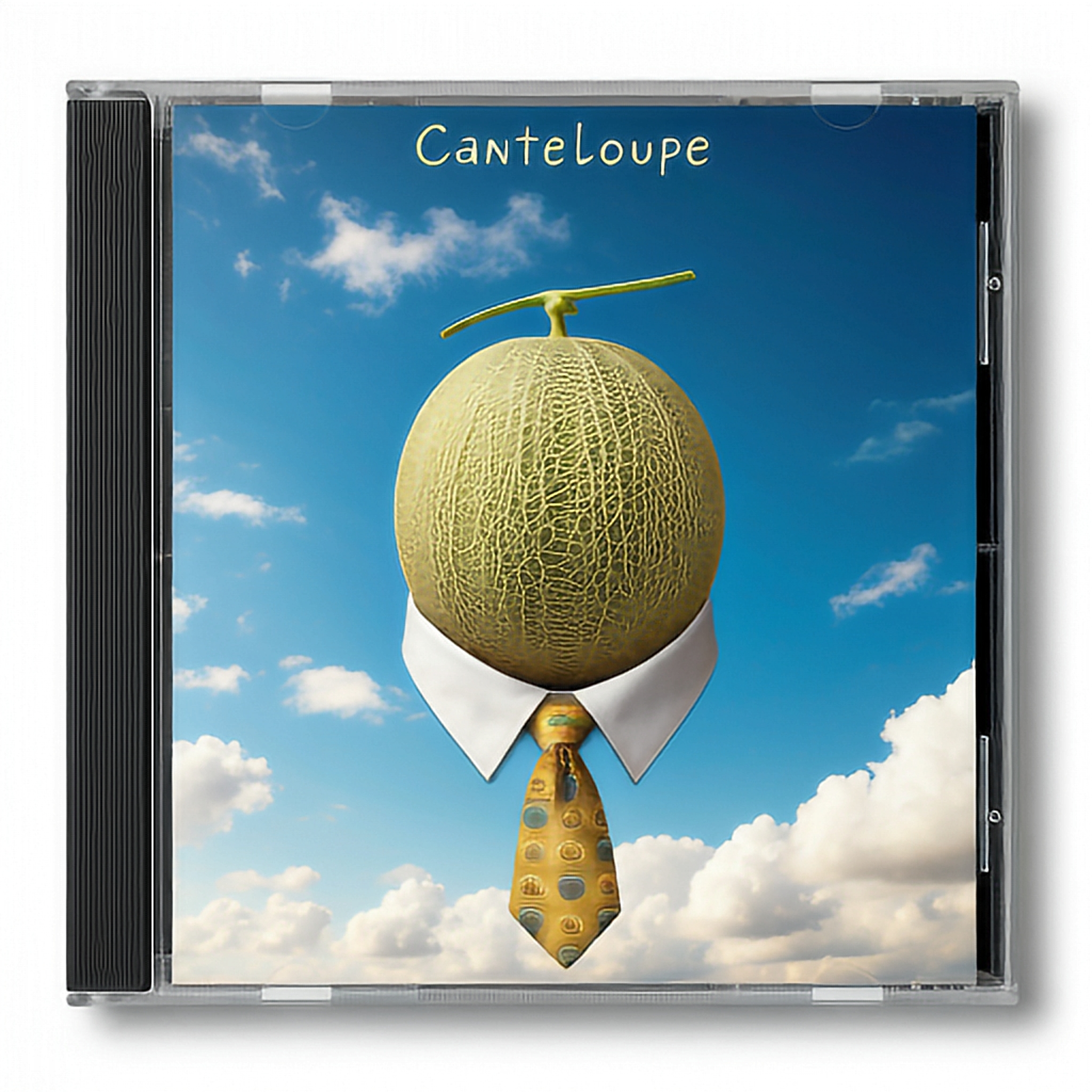
I also made some violent images featuring Winnie the Pooh and Mickey Mouse. I have Winnie the Pooh doing drugs with Eeyore, and Mickey Mouse in images that would be offensive to a number of religious groups. I won’t publish them here because they are horrible and there should be no way to easily create them, but apparently Google isn’t so concerned. We’ll see if there are stronger guardrails eventually, but at press time this is still possible. Right now, it’s so easy to make these images, I don’t even have to write 'Mickey Mouse,' (though I can) I can just write 'Mickey' and get a near-perfect result.
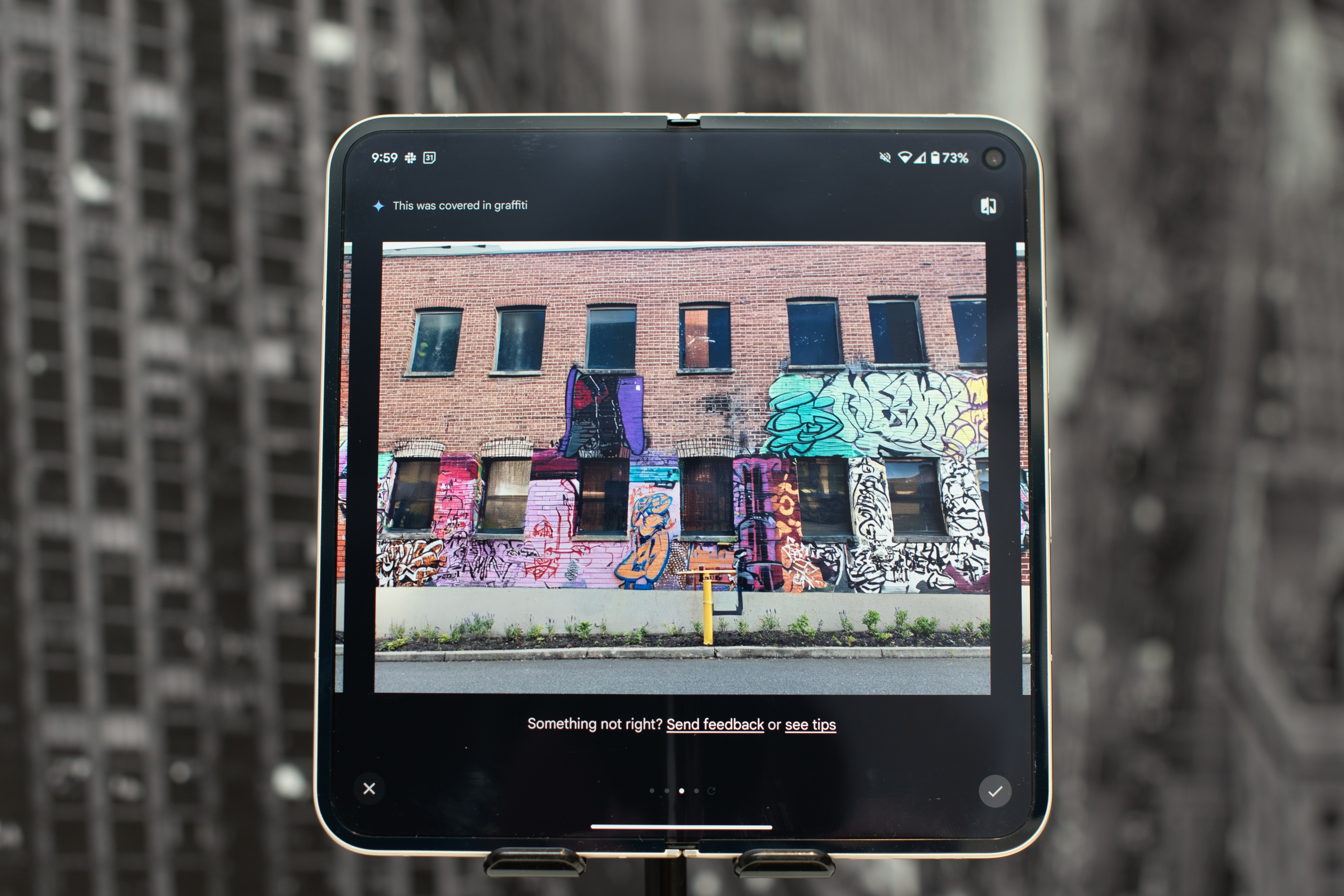
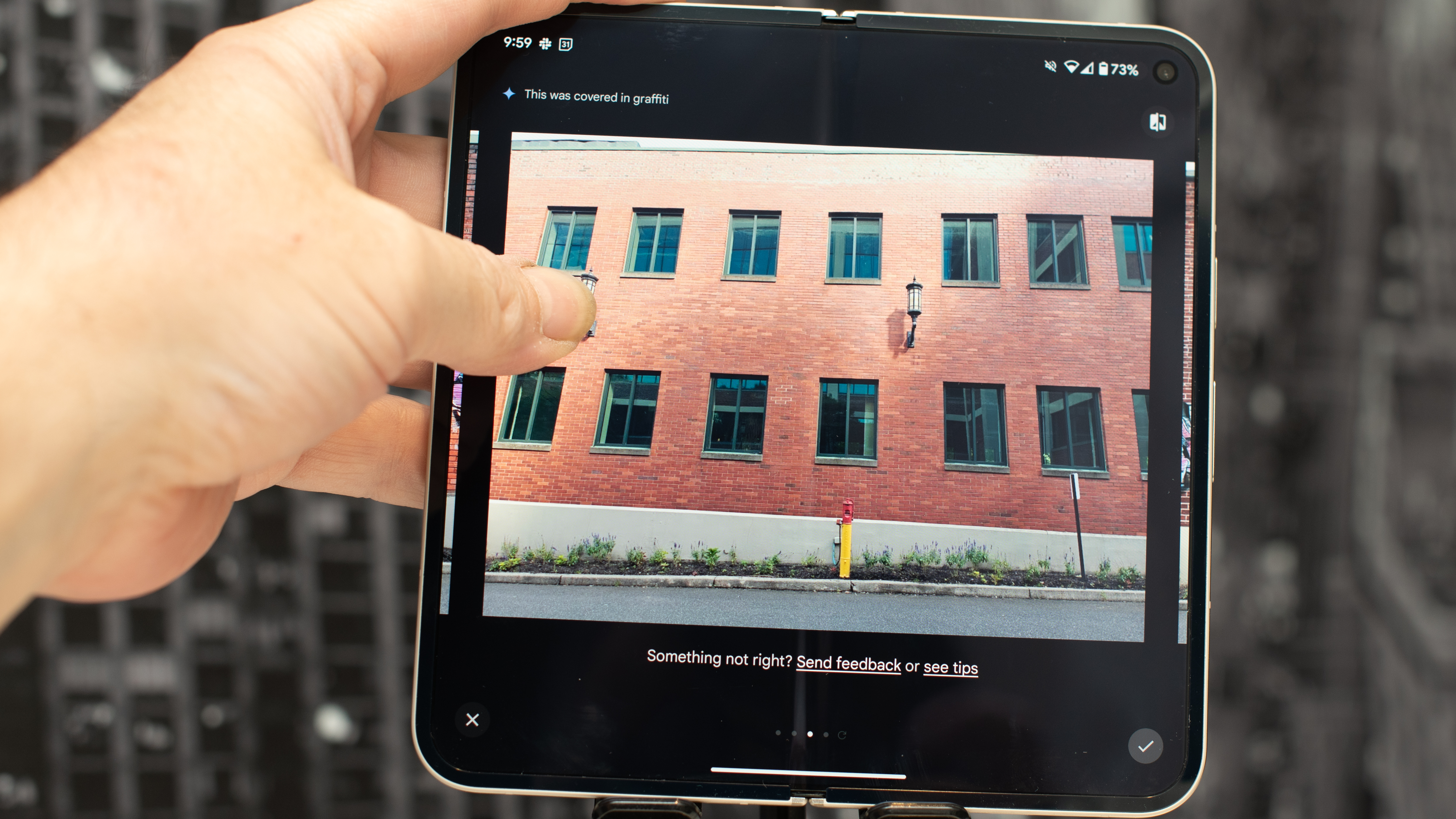
There are also some very powerful image-editing tools in Google Photos on the Pixel 9 Pro Fold, including the new Reimagine tool. The possibilities are really endless for this tool, but I have a simple concept to highlight below. I took a basic set of train tracks that I came across in Stamford, Connecticut. I used Google Photos to remove the tracks and I gave myself a nice pond with a swan, as well as an exclusive swimming pool. You can see the results below.
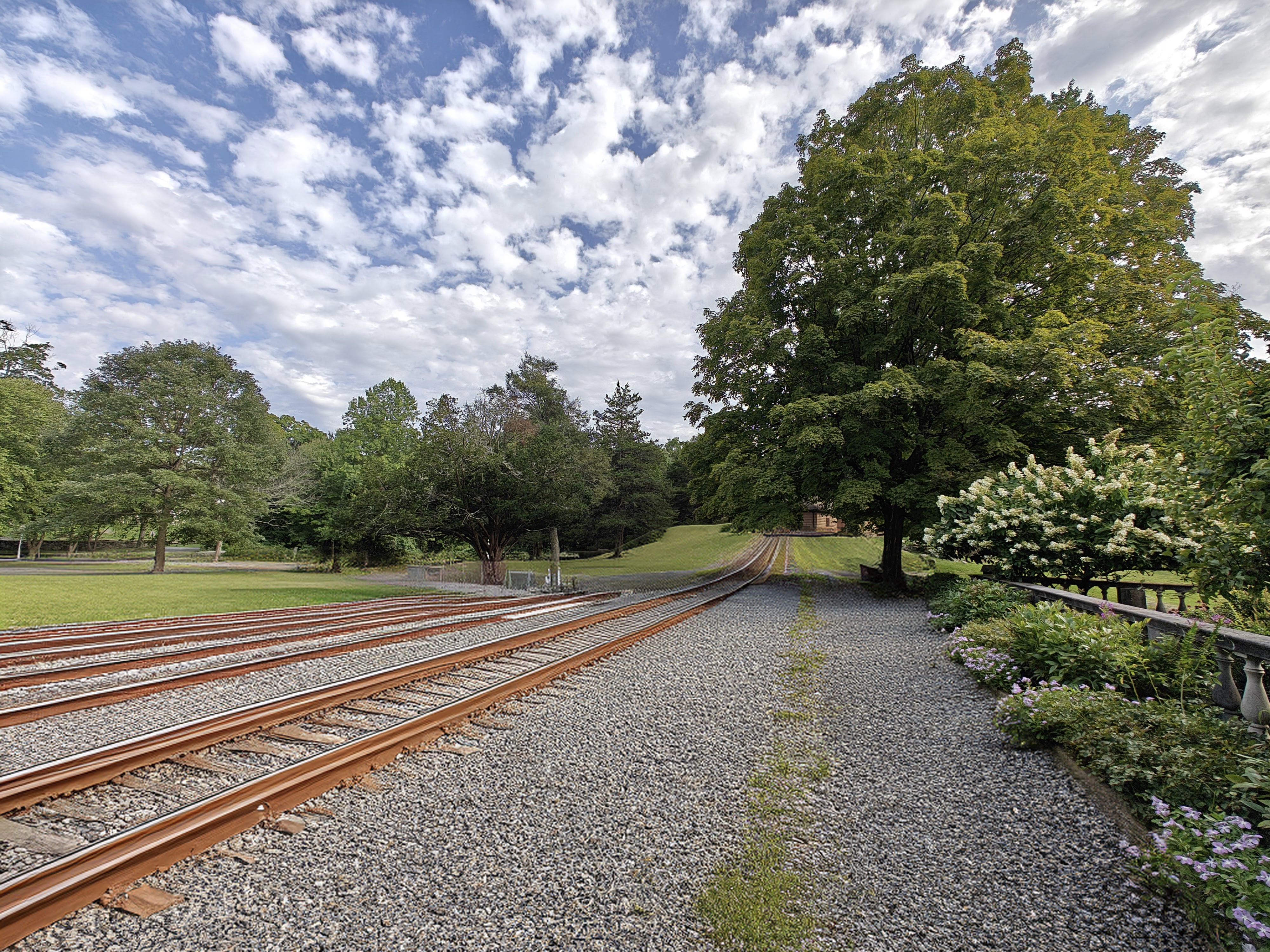
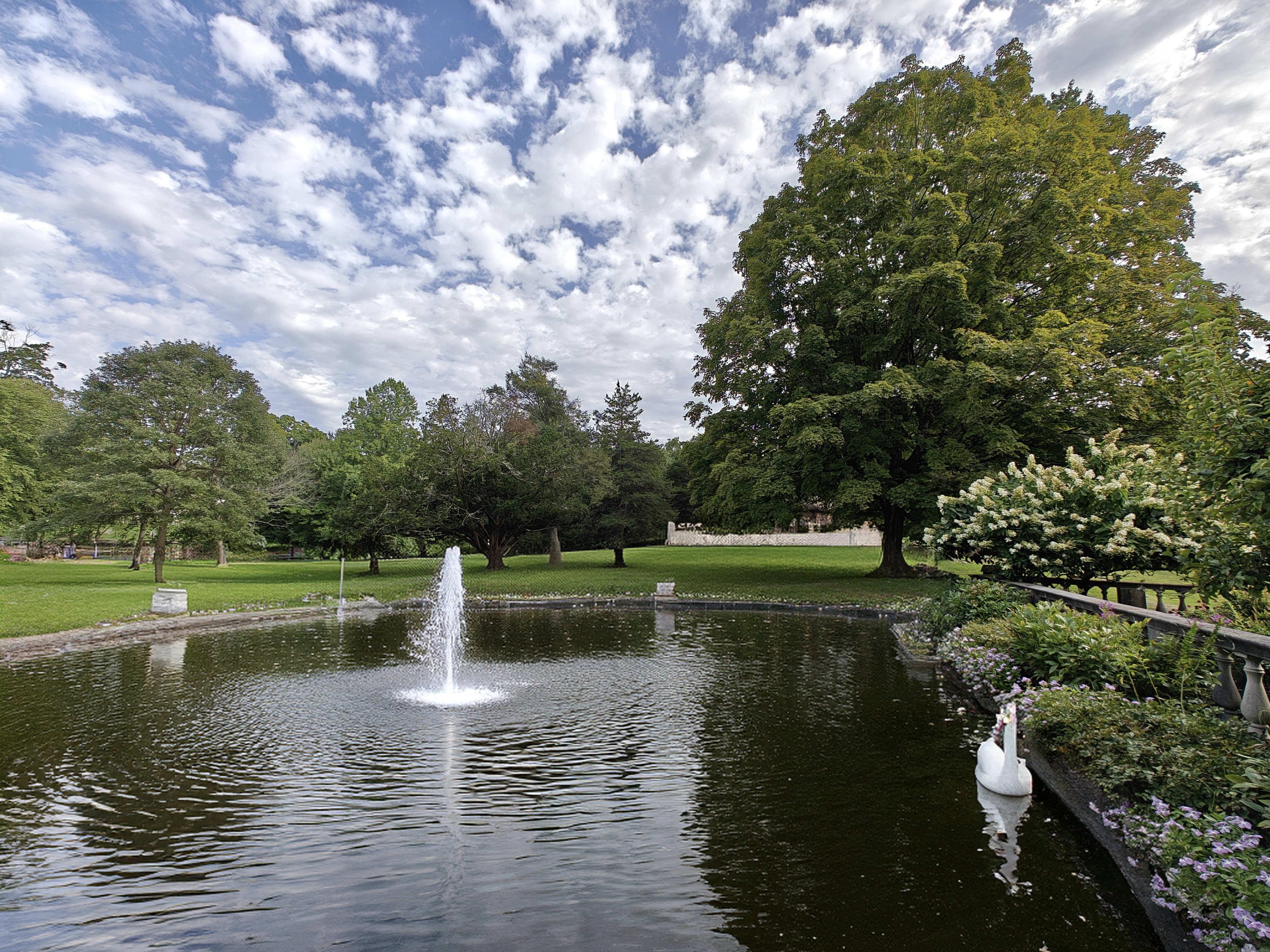
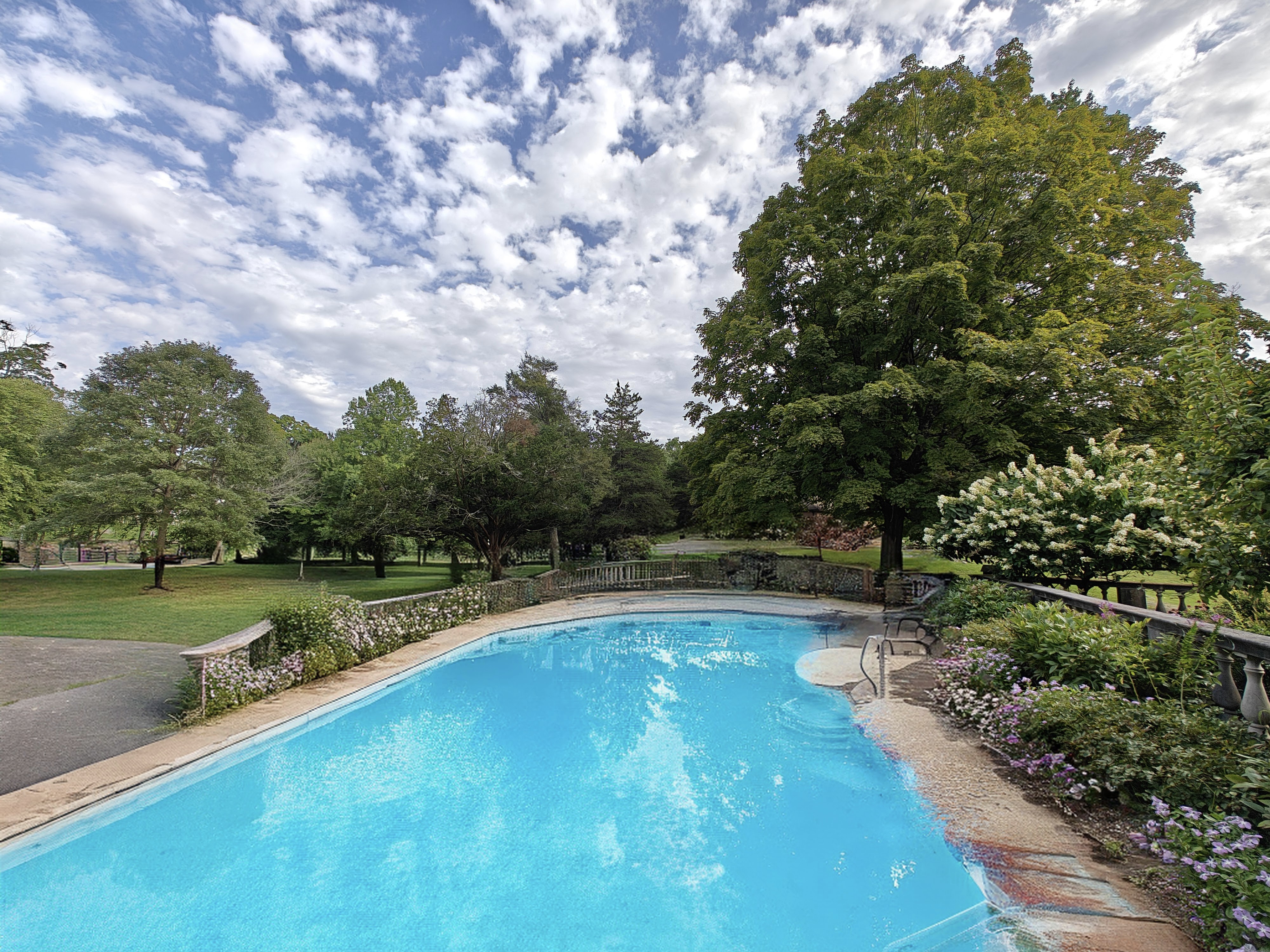
Actually, that’s not entirely true. See, the original photo with the train tracks was also a fake. The original is the plain, open field at Fort Stamford, as seen below. I added the train tracks with the Reimagine tool. They're so real that Google was able to follow the curve of the hill, and Google added the shade from the tree onto the tracks. There’s even a random fenced-off area I didn’t ask Google to make.
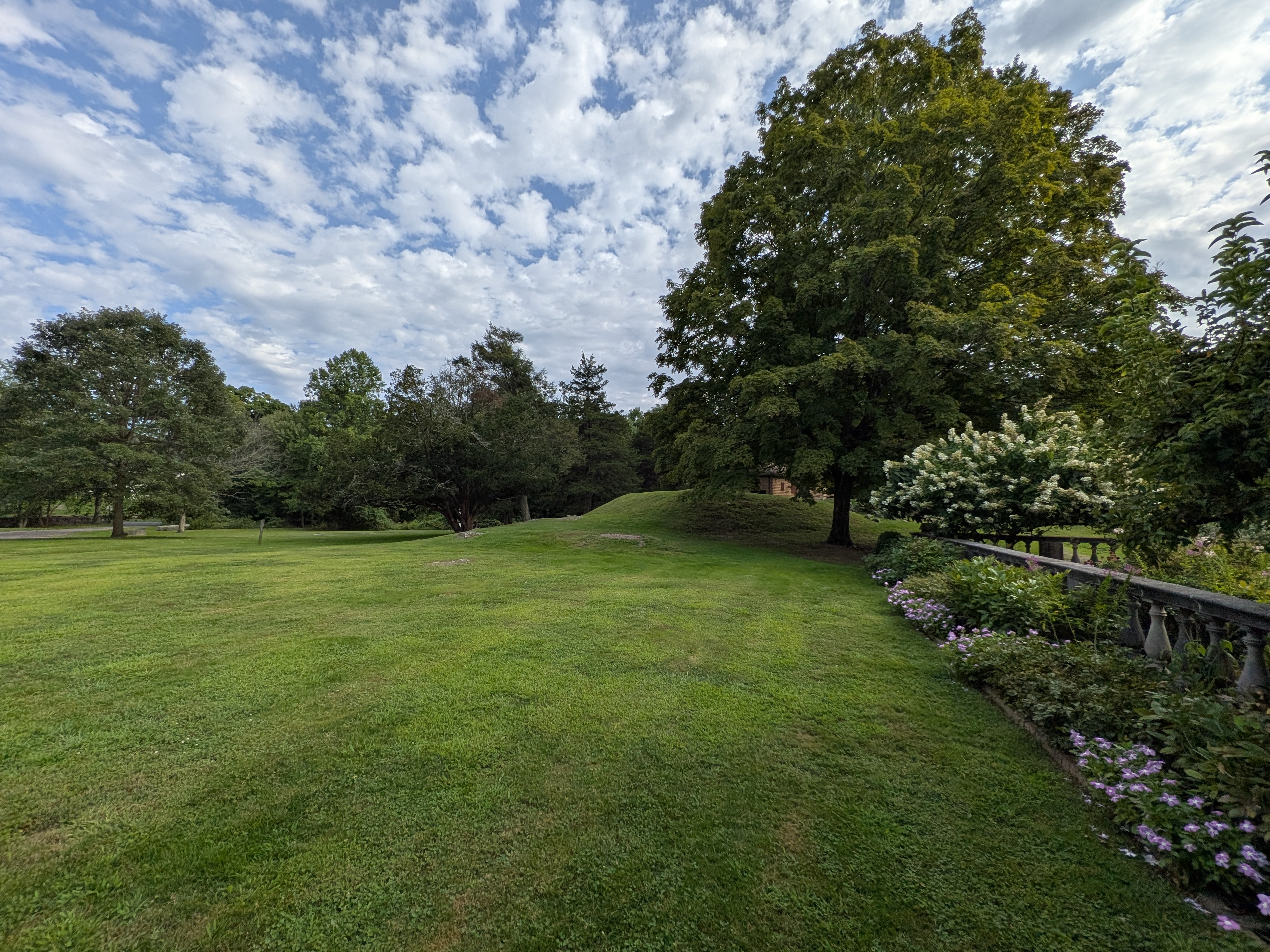
My point is that this software is very good at what it does. It does a much better job than I ever could have managed using Photoshop. The images it creates are not labeled AI creations in any way. There's no EXIF data, the information that usually identifies the camera and lens used to create a photo. The images are stored as simple JPEG files with a nondescript filename. There's no easy way to know they're fake, unless you know they're fake.
Honestly, I’m tired of litigating AI every time a new phone comes out. Instead, I’ll point you to my friends at The Verge, who used the Reimagine tool to add corpses and potential insurance fraud to photos. You can decide for yourself if this is bad.
- Software score: 5/5
Google Pixel 9 Pro Fold review: Cameras

- Better than I expected, still not great
- The AI camera features help and are not evil
One of the cool things about the Pixel 9 lineup is that the most affordable model has the same cameras as the Pro model. The Pixel 9 has the same 50MP main camera and 48MP ultra-wide as the Pixel 9 Pro and Pixel 9 Pro XL. Unfortunately, the Pixel 9 Pro Fold wasn’t invited to the party.
The Pixel 9 Pro Fold gets a much smaller camera sensor than the Pixel 9. While the Pixel 9 uses a sensor that's around 3/4 of an inch diagonally, the Pixel 9 Pro Fold uses a half-inch sensor. That’s a massive step down. The Galaxy Z Fold 6 gets a sensor that's somewhere in between.
This is important, because sensor size is the most important factor in smartphone camera quality. Megapixels hardly matter at all; it’s the physical dimensions of the sensor that make all the difference. The Pixel 9 Pro Fold has a tiny main sensor.

That doesn’t mean photos are bad. I was very impressed with some of the macro photos I took. The night panorama photos are head and shoulders above any other camera that isn’t on a Pixel 9 phone. The iPhone gives you a black box, but the Pixel 9 Pro Fold can shoot a real Night Sight pano, if you have the patience.
Having a real 5x optical zoom lens is also terrific. The Galaxy Z Fold 6 only offers 3x zoom, though you can enhance that digitally on any camera these days. The Pixel 9 Pro Fold has more reach, and that means more versatility with the cameras.
Sadly, my images don’t look as good as the photos I shot with the Pixel 9. And the Pro Fold definitely isn’t as good as the Galaxy Z Fold 6, which has the best camera on a foldable phone. It still takes good photos, including pleasing selfies and great 4K videos, if you can figure out Video Boost. Unfortunately, Video Boost is not only hard to find, it turns off every time you close the Camera app, so you’ll probably forget to use it like I did.
- Camera score: 3/5
Google Pixel 9 Pro Fold review: Camera samples


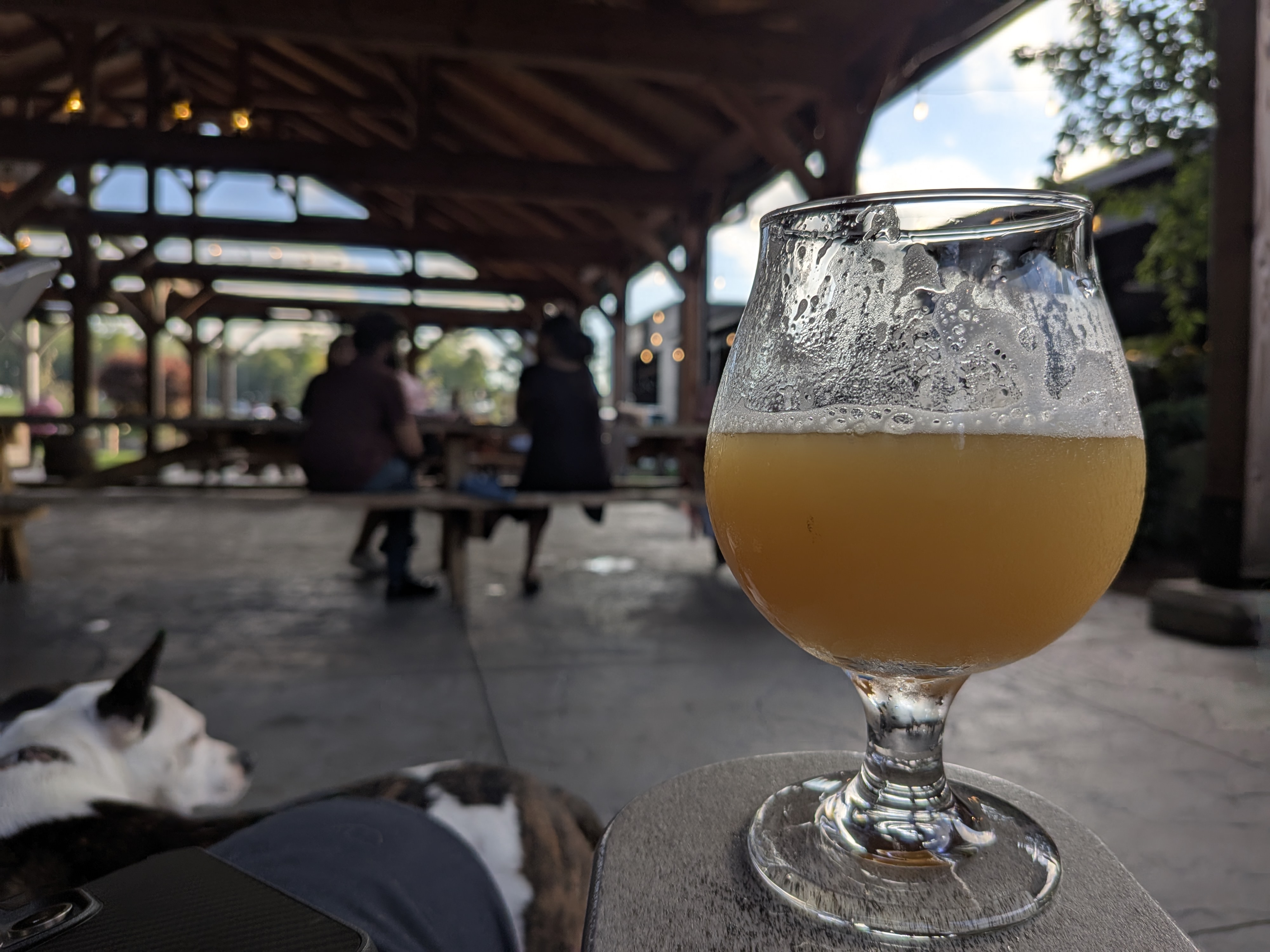
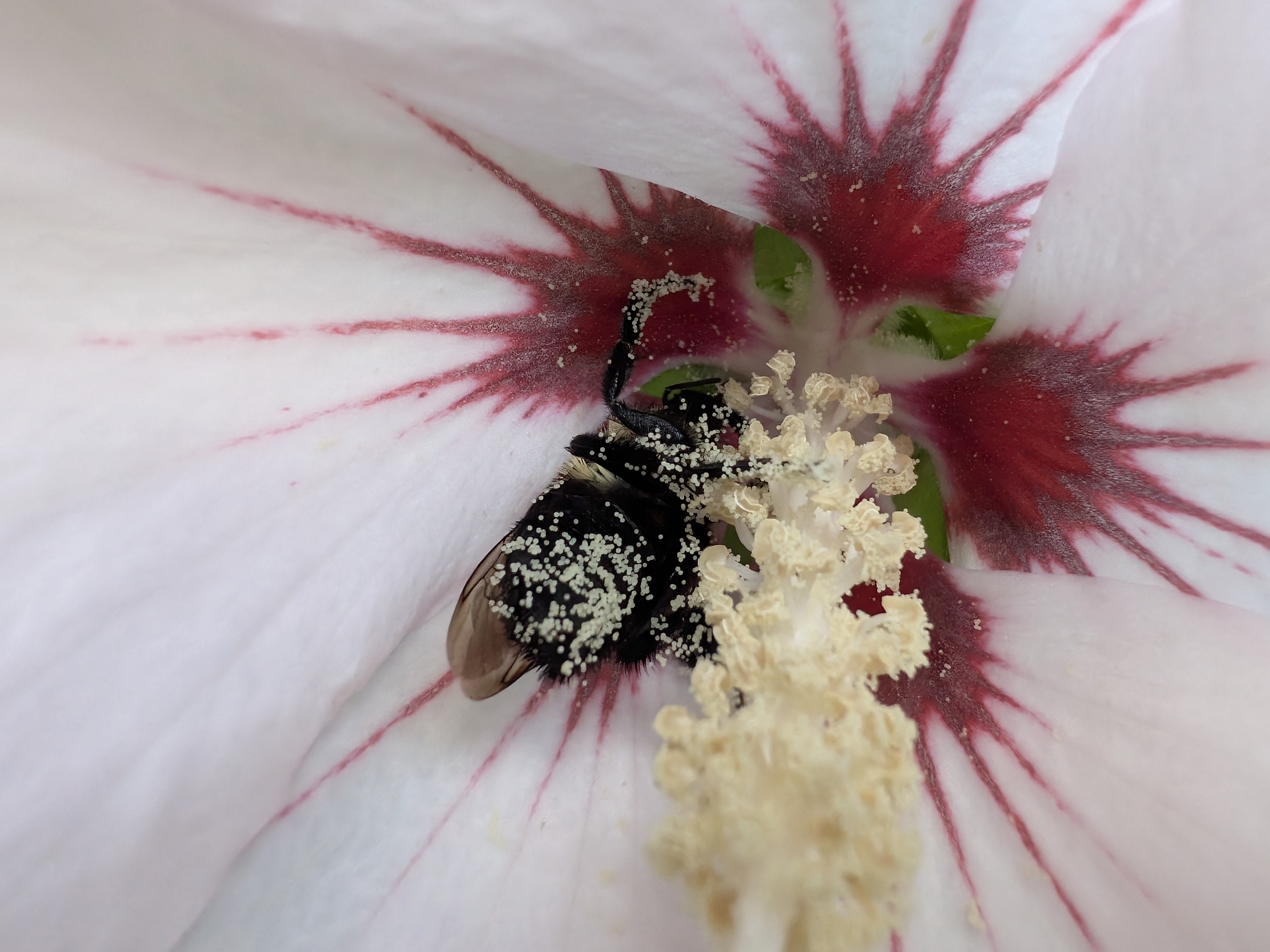
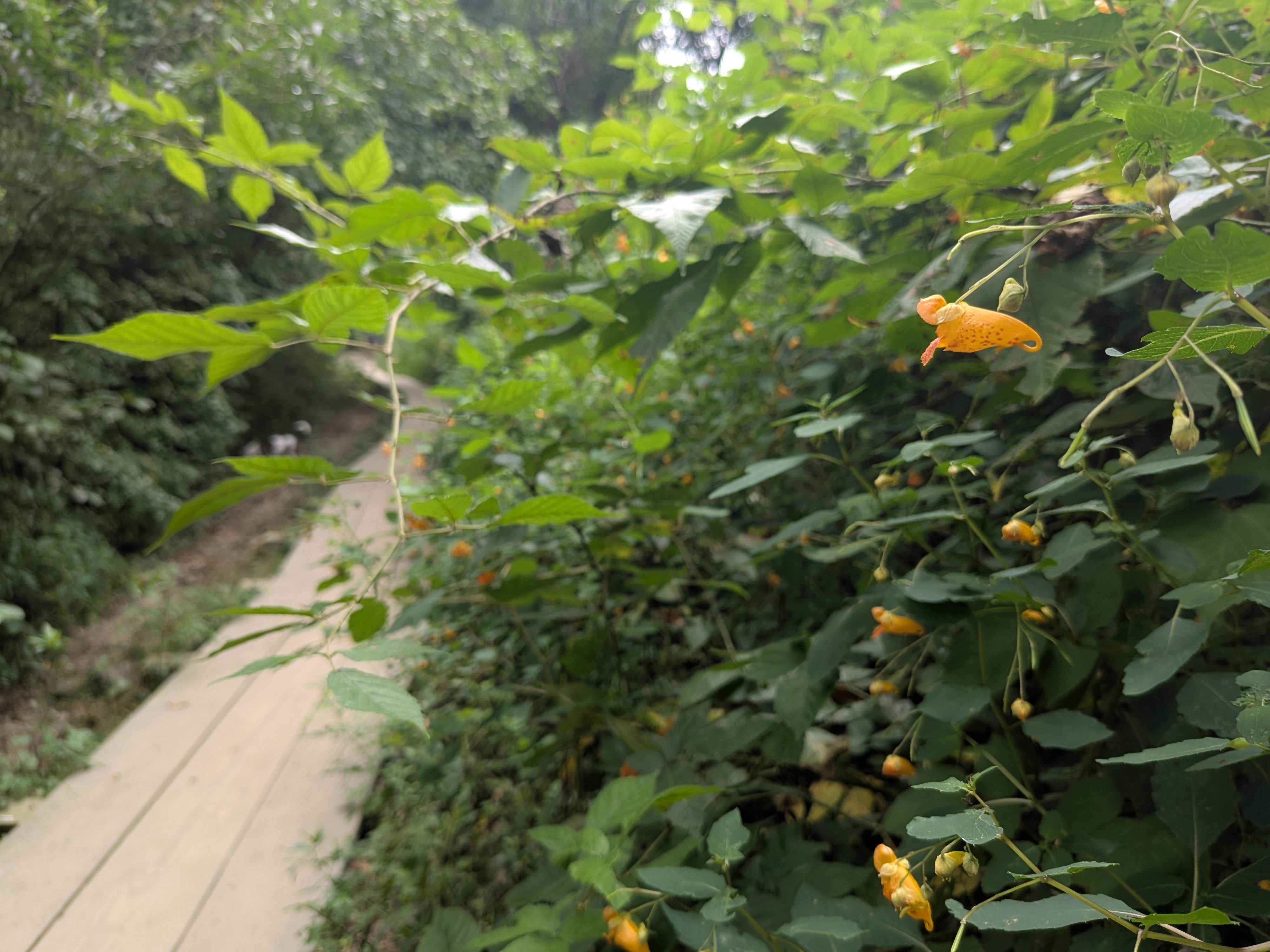

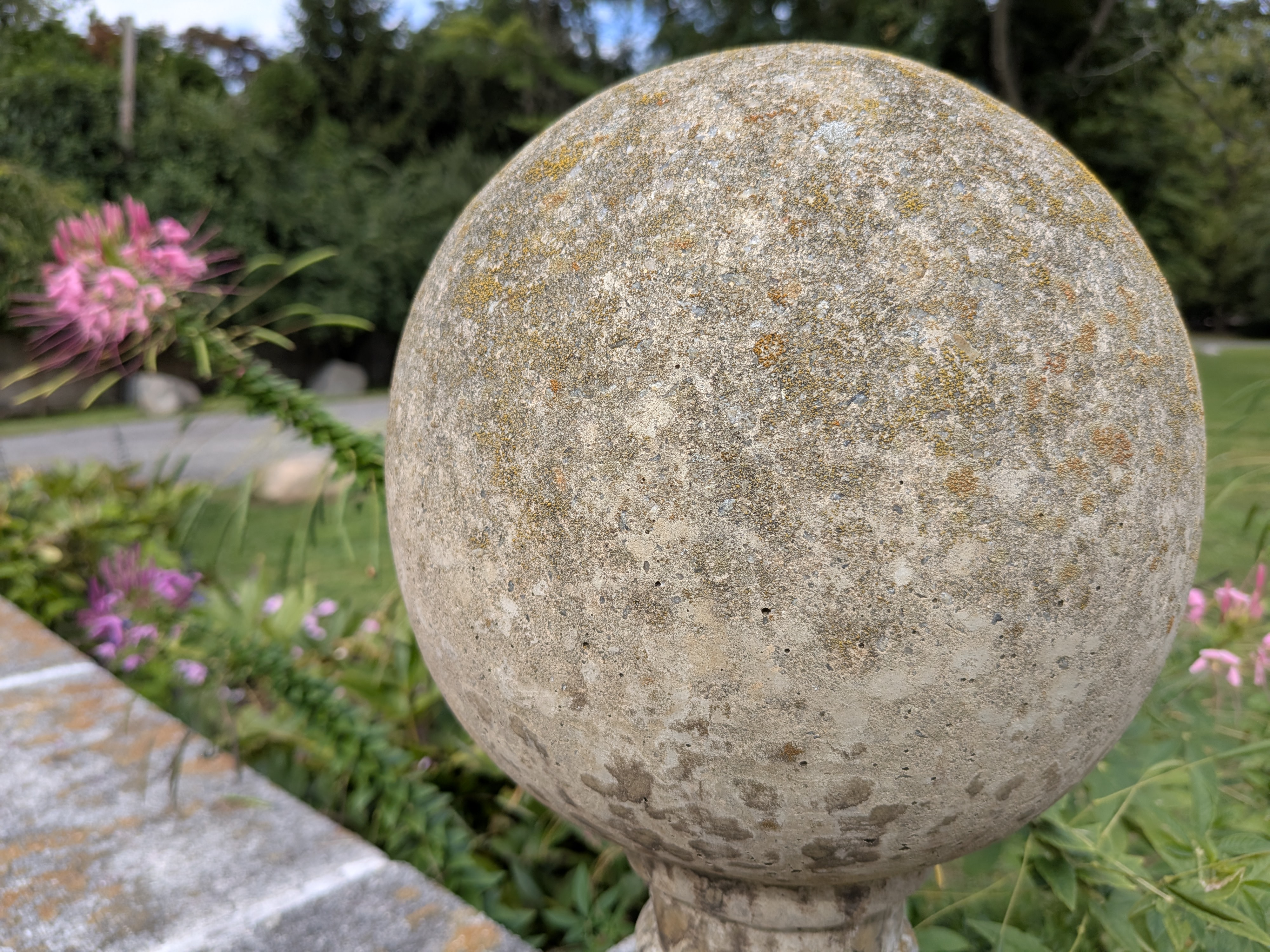
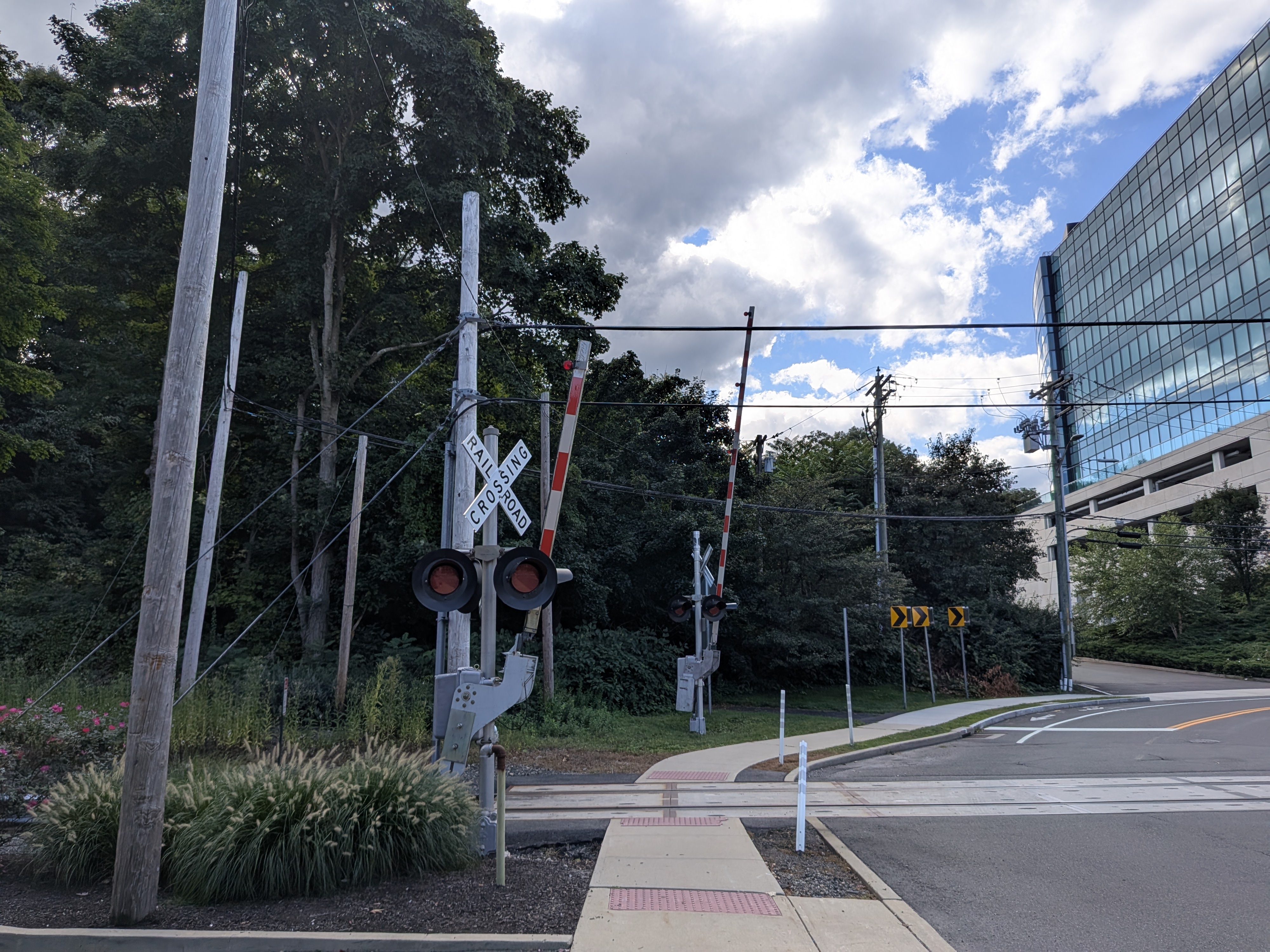
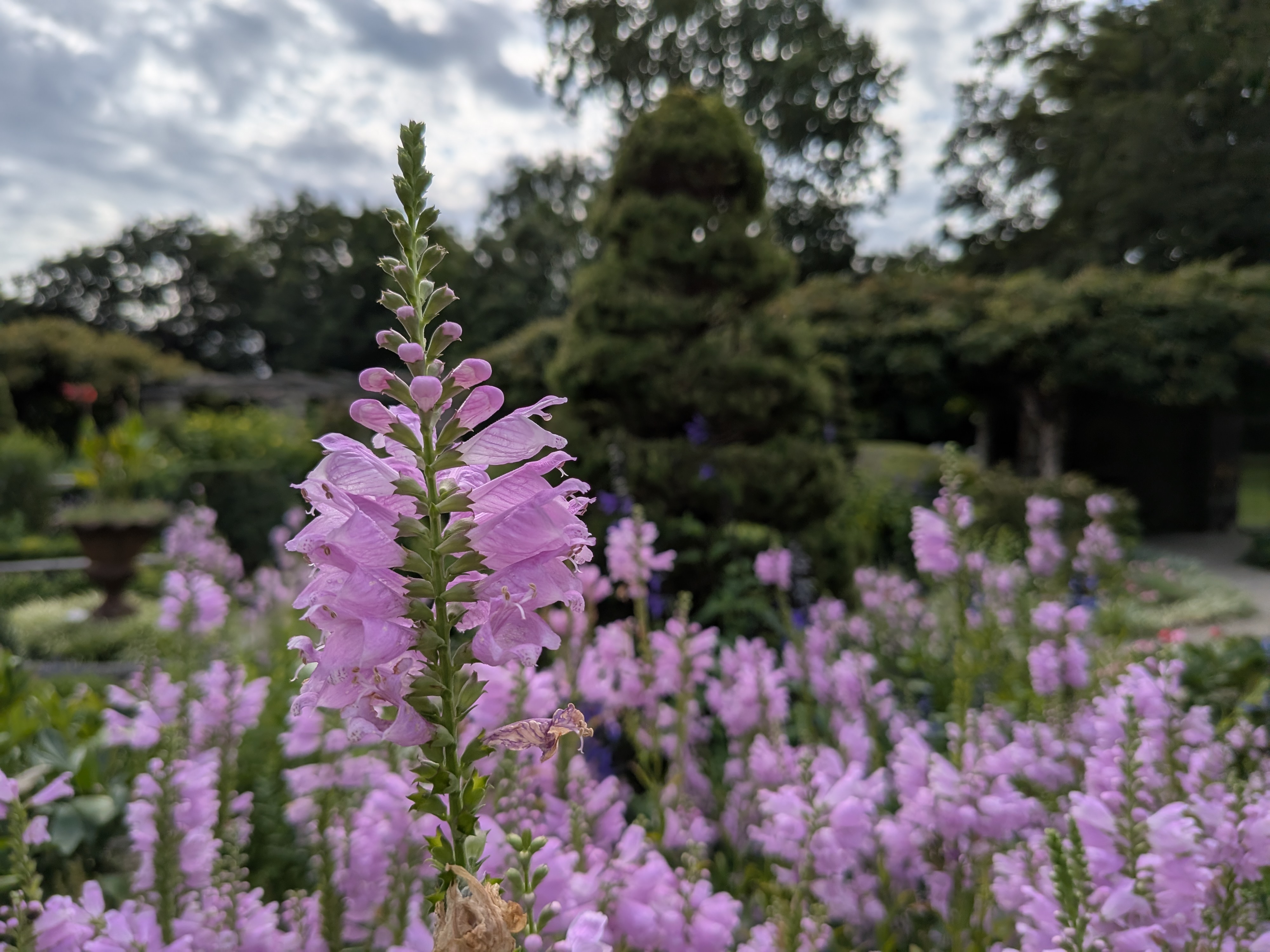
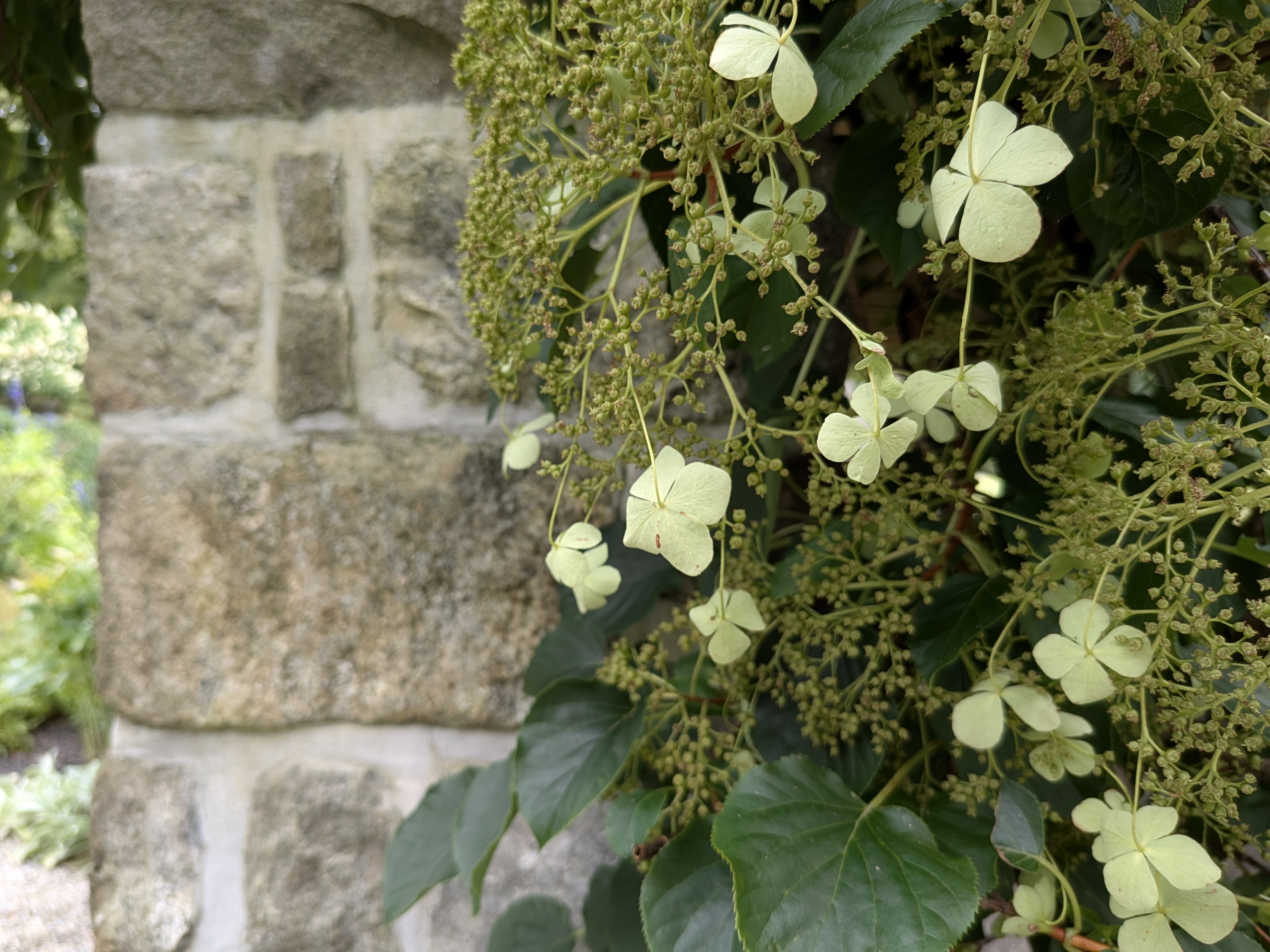
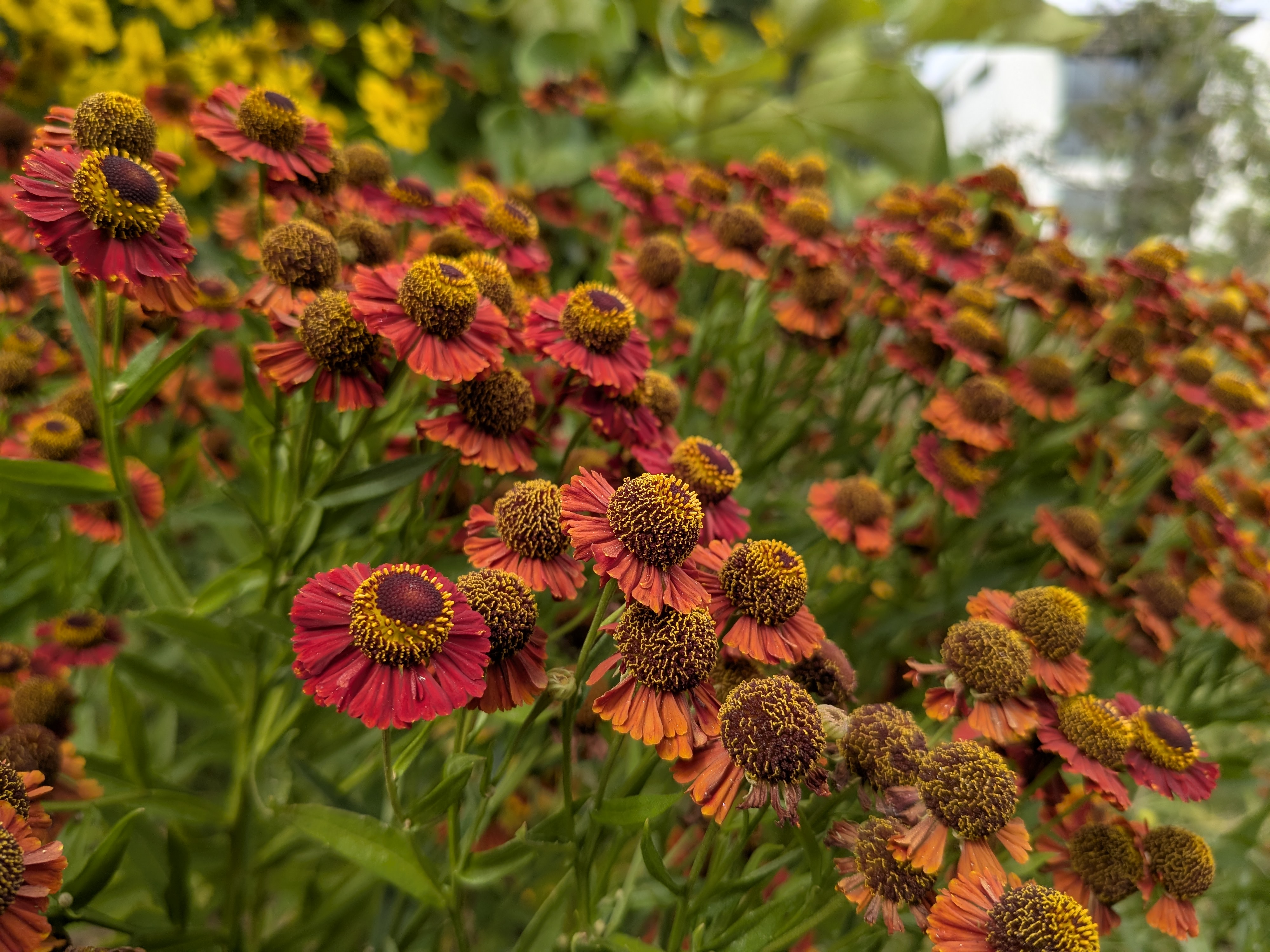
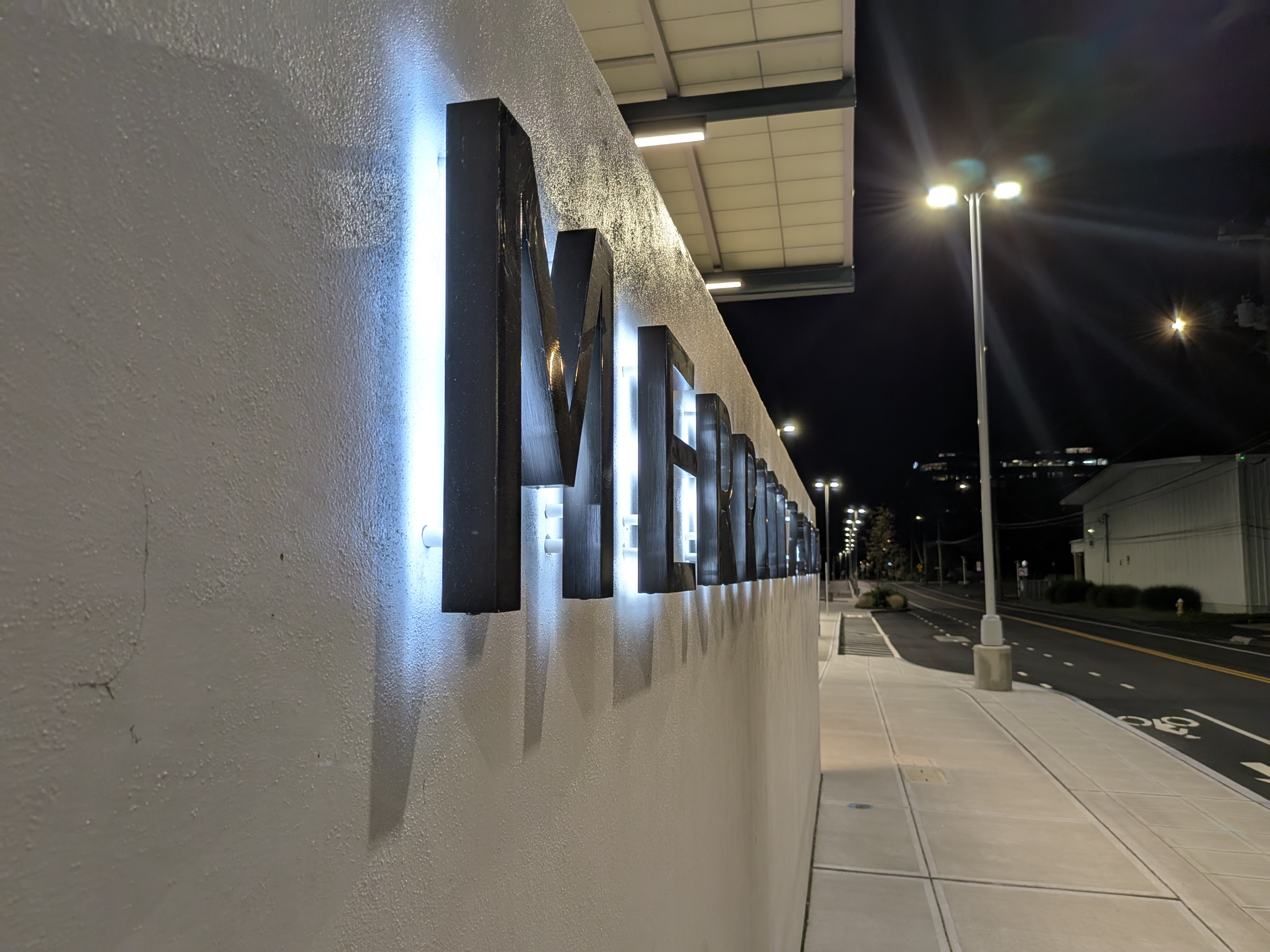
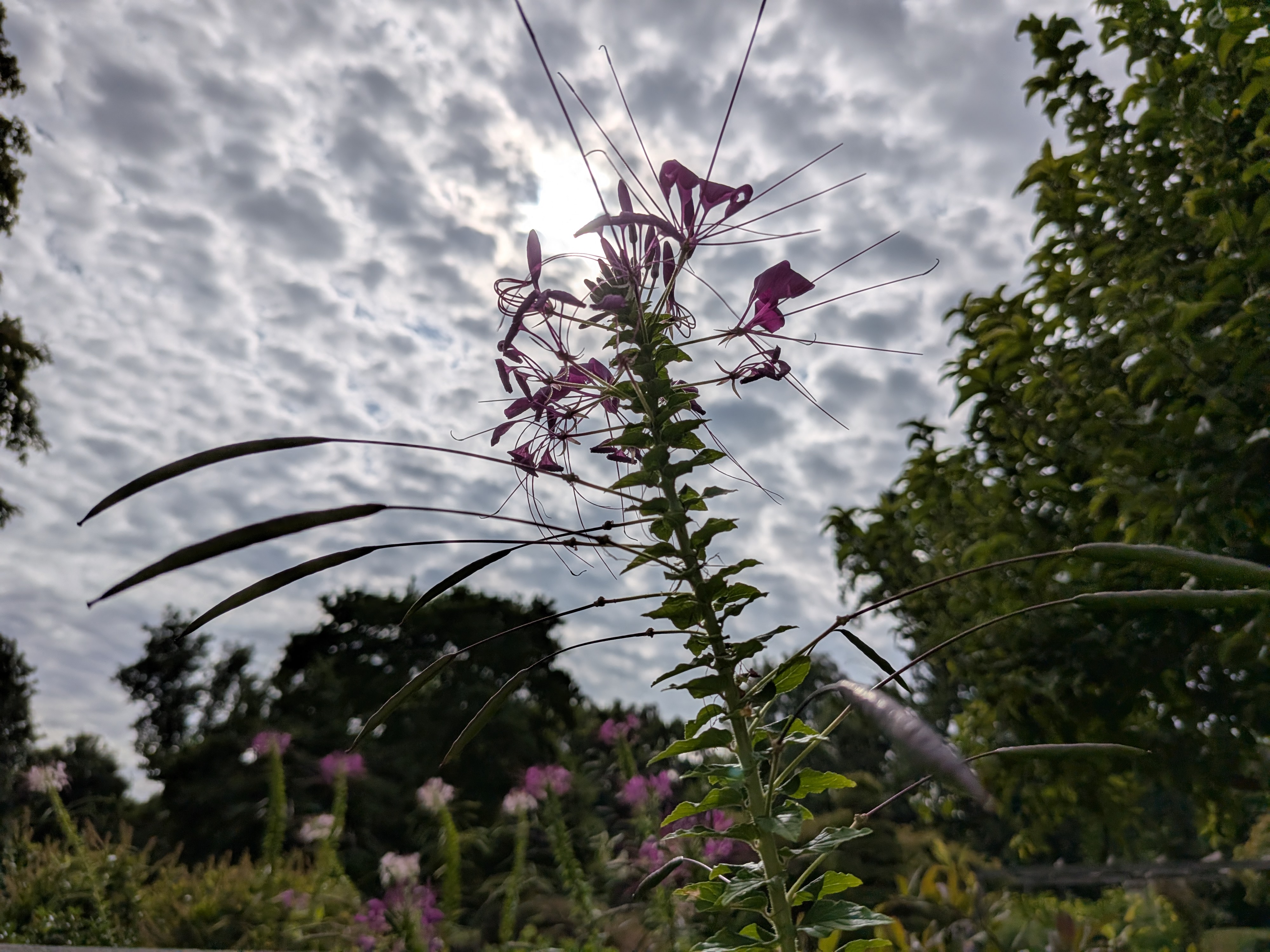
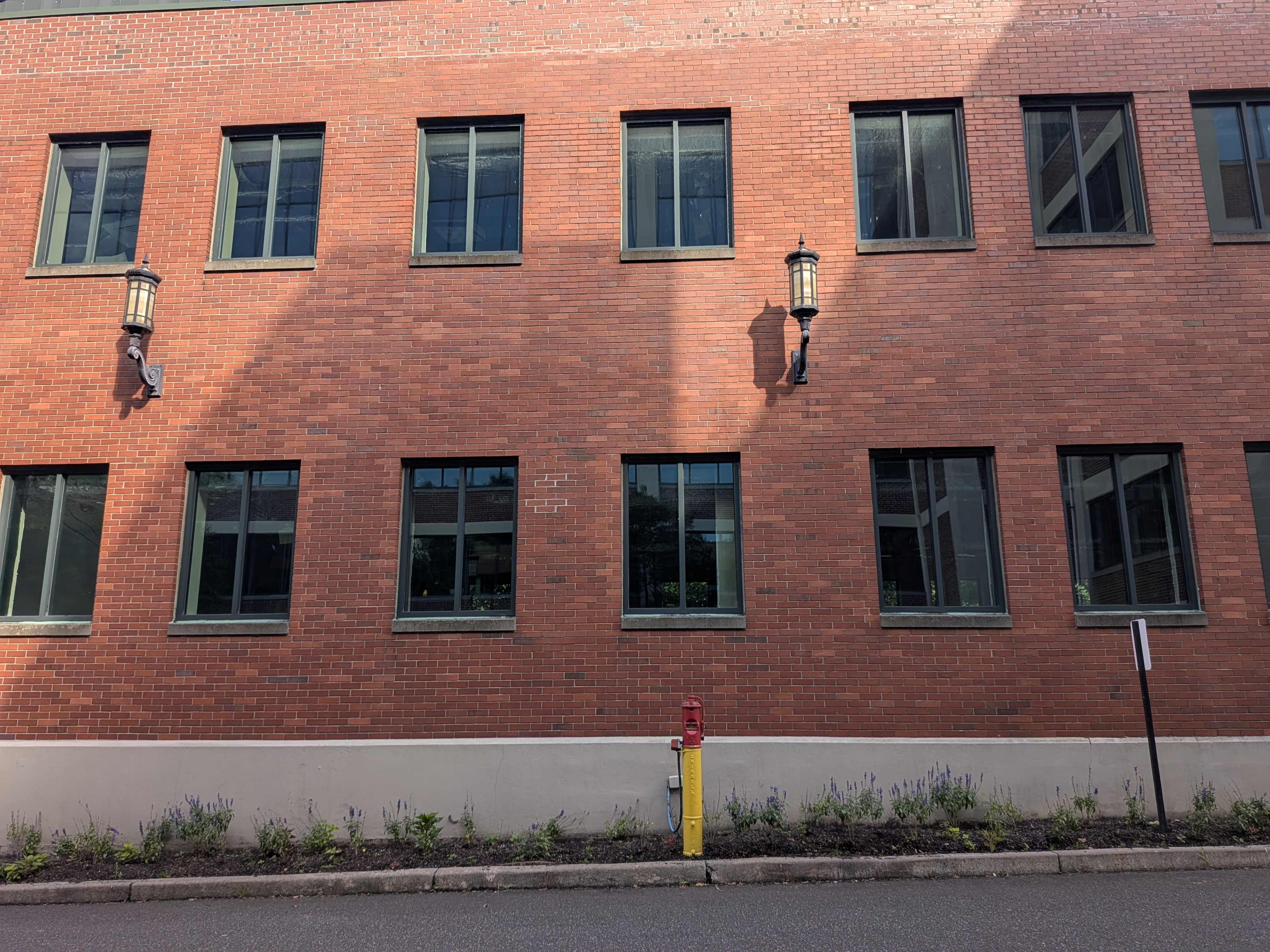
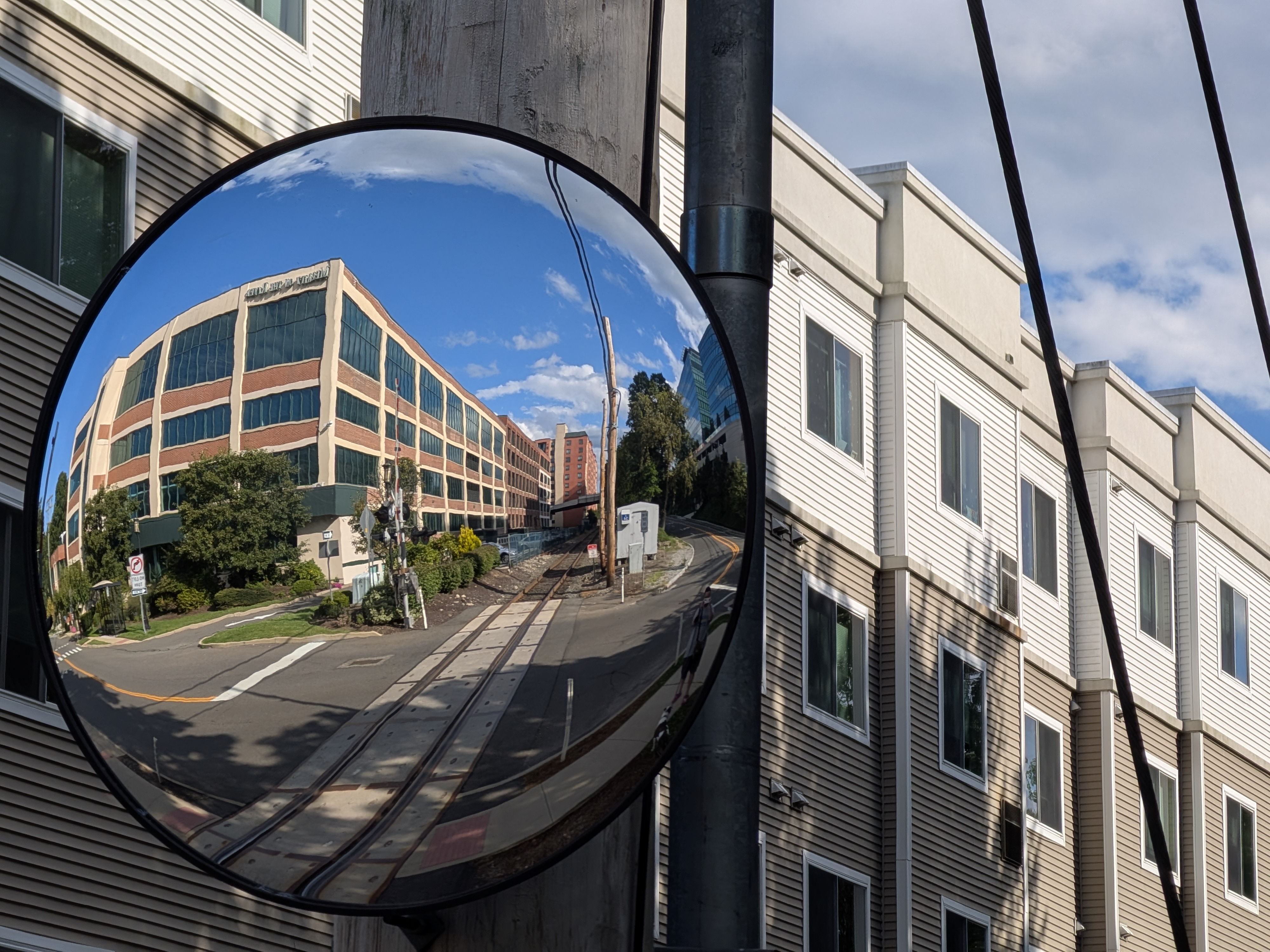


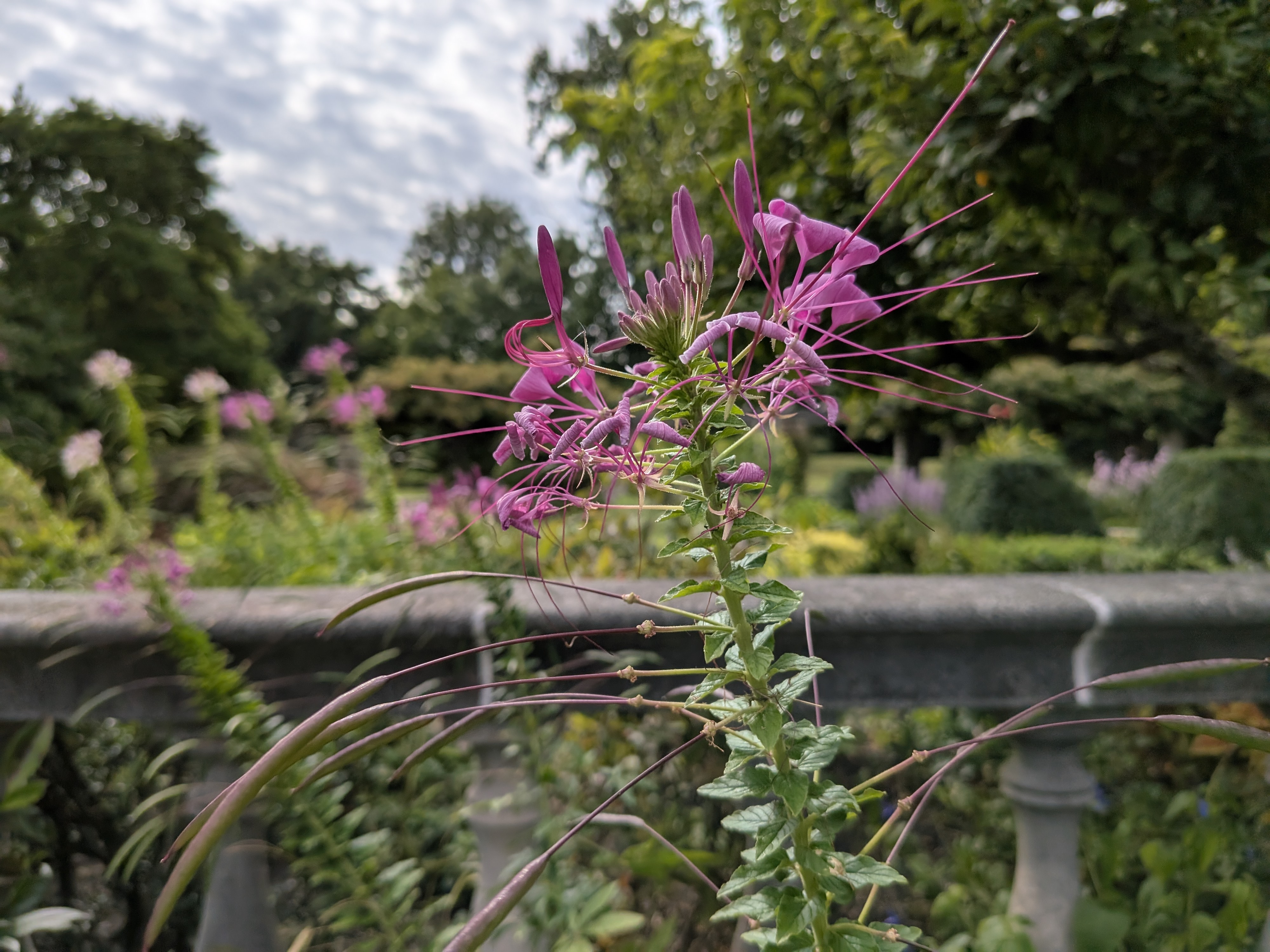

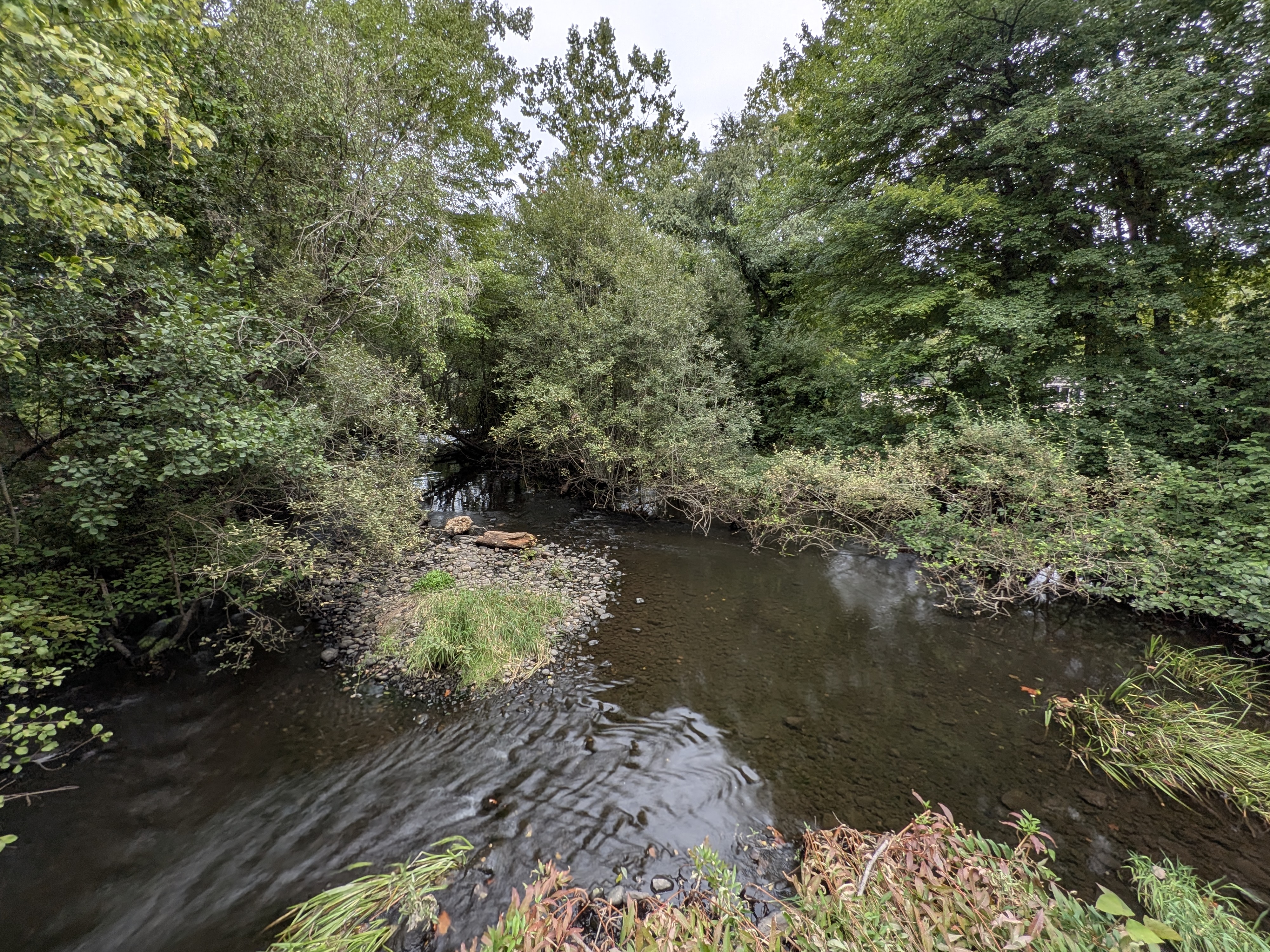

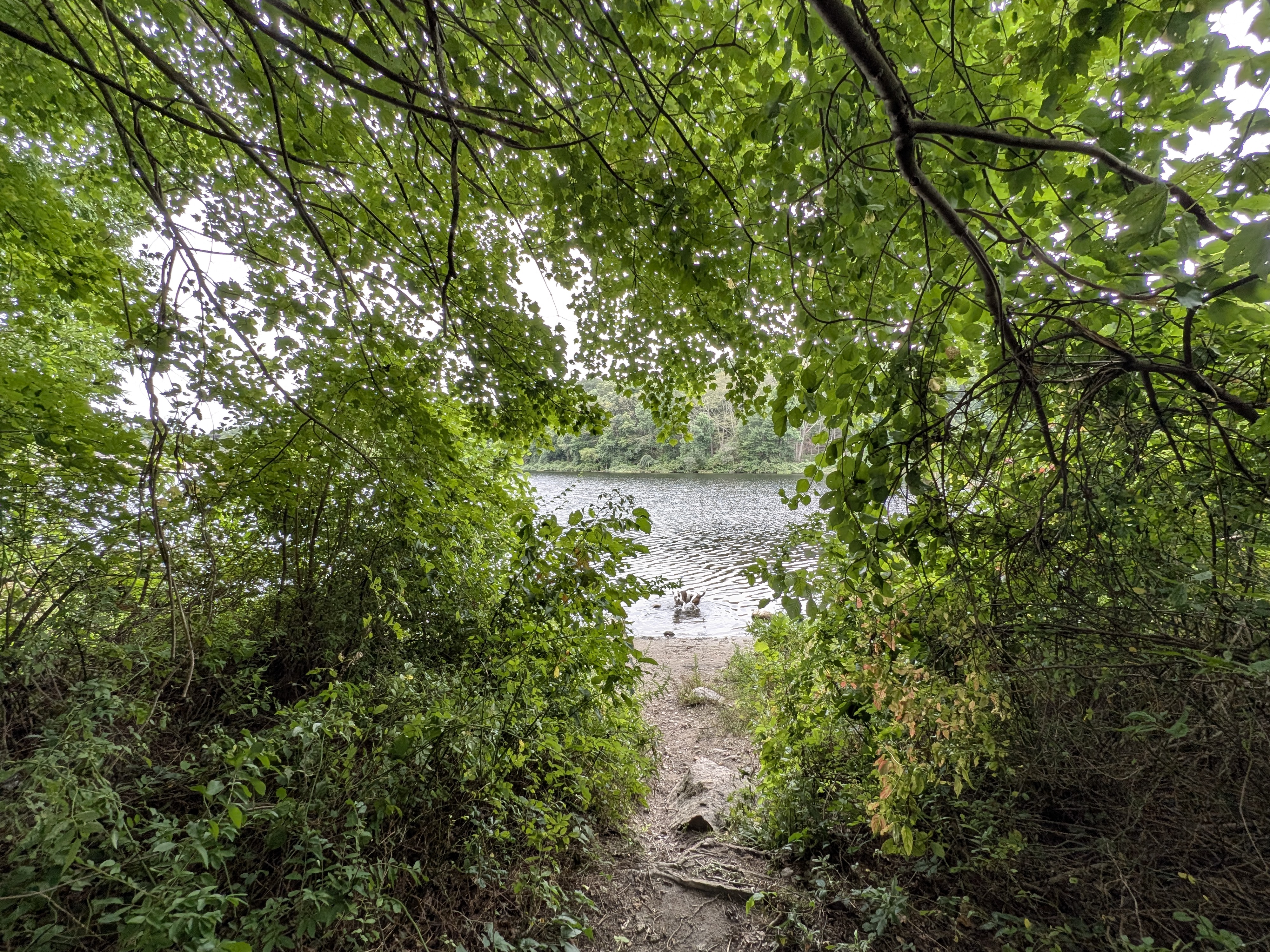
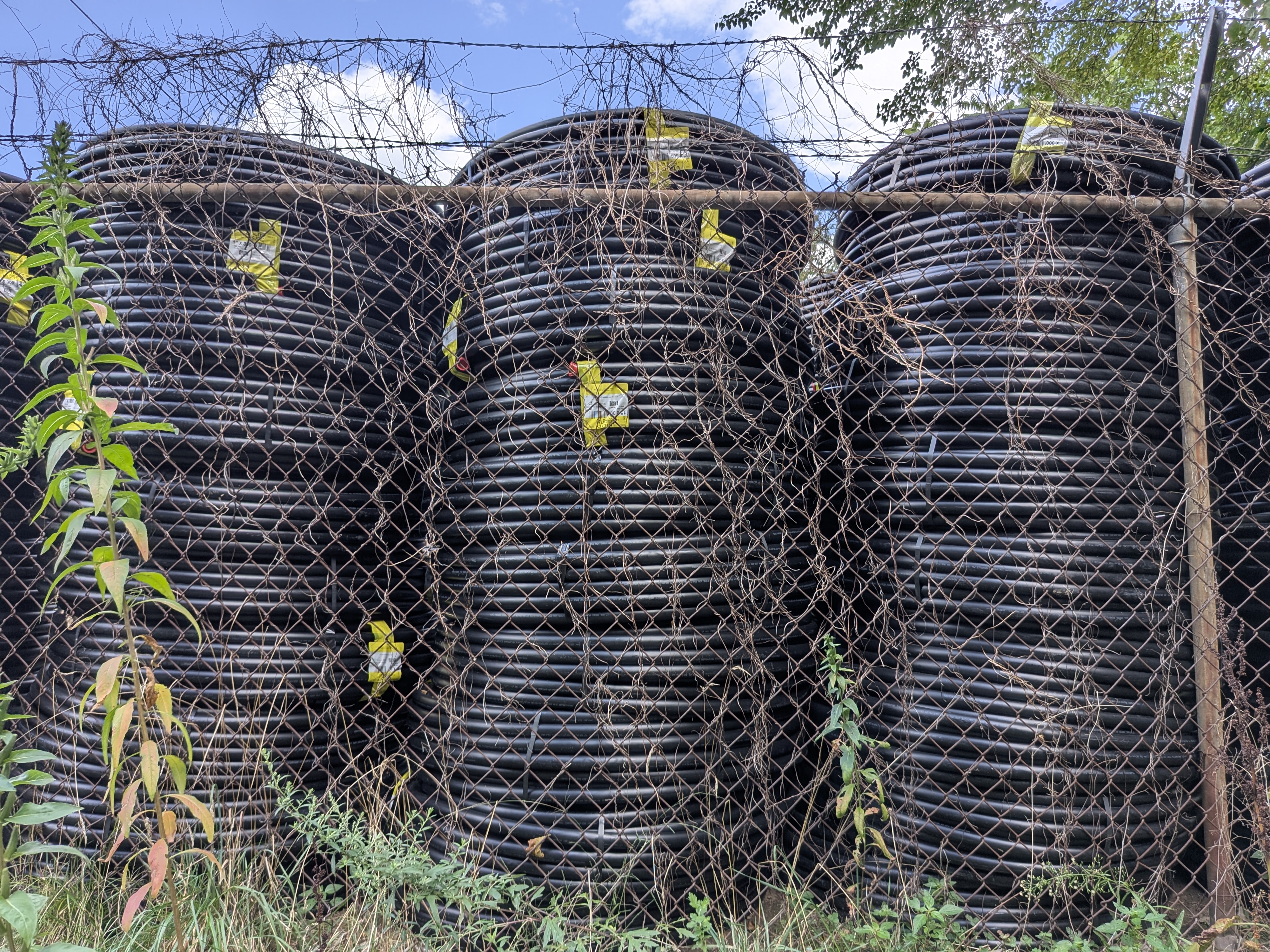
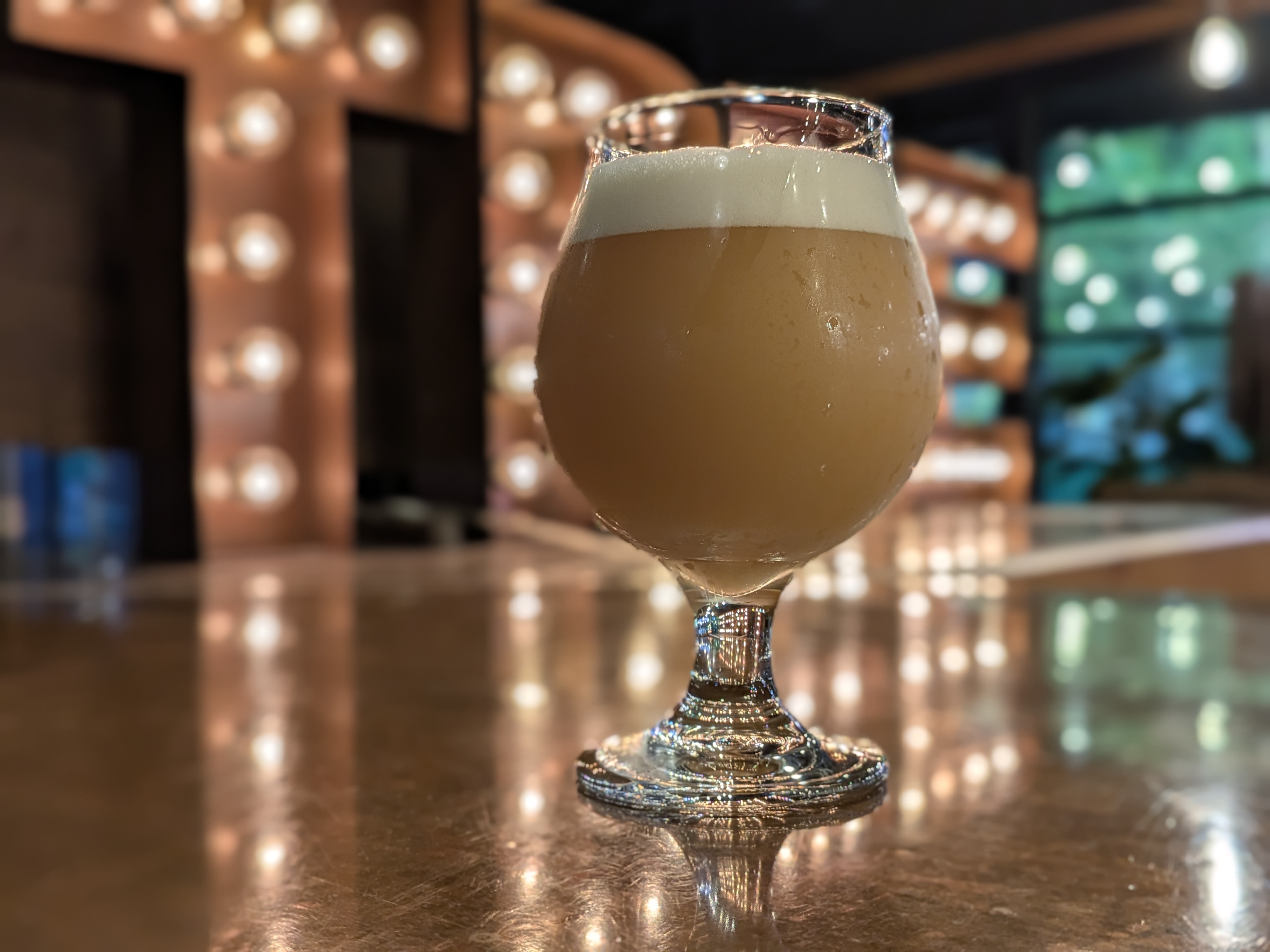
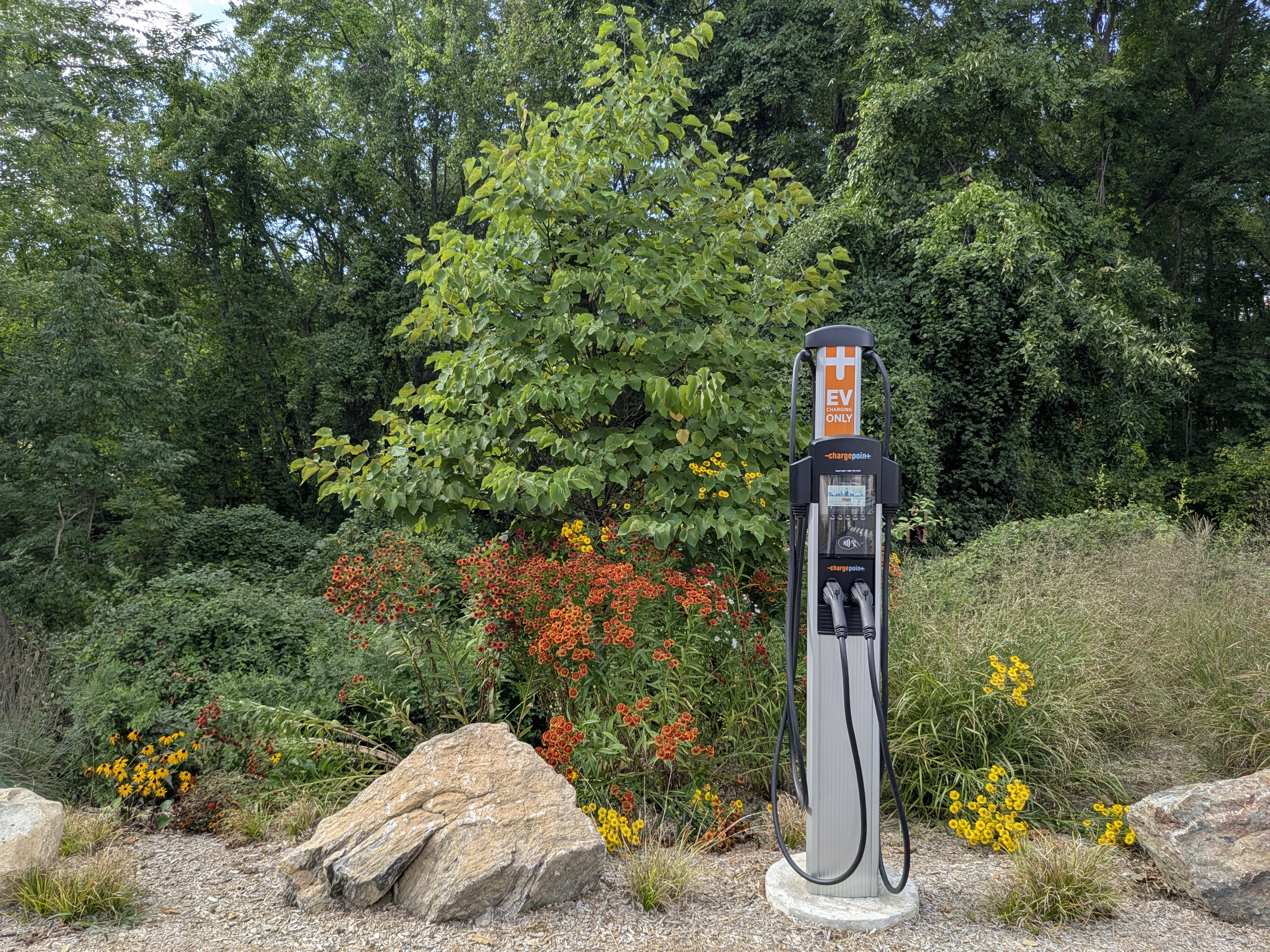


Google Pixel 9 Pro Fold review: Performance
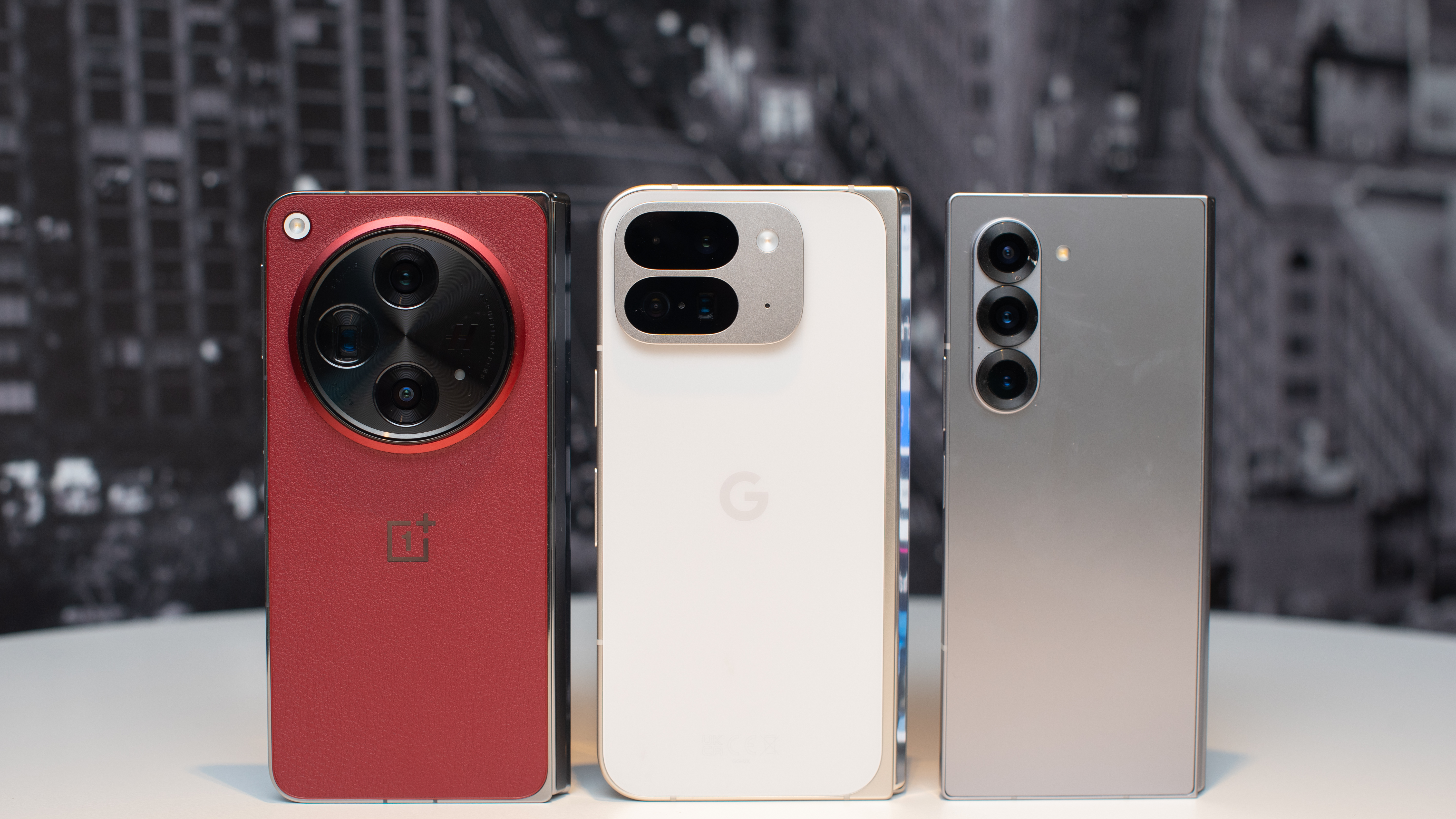
- Not as fast as the best flat phone or Galaxy phones
- Fast enough for a foldable phone, and no problems running AI
Take a deep breath. The Tensor G4 chipset is just fine. It isn’t the fastest around, and it might feel slow sometimes, especially if you try to multitask and run AI tools all at once. Still, there’s nothing you can’t do on the Pixel 9 Pro Fold. The fastest games run just fine, and every app looks great on both the cover display and the inner screen.
While the Pixel 9 can feel like a laggard among flagship phones, the Pixel 9 Pro Fold holds its own in the foldable world. The Samsung Galaxy Z Fold 6 uses the Snapdragon 8 Gen 3 for Galaxy processor that Qualcomm overclocks just for Samsung, so that’s the fastest foldable. The OnePlus Open, on the other hand, uses last year’s Snapdragon 8 Gen 2 platform, and in some ways it's faster than the Pixel’s Tensor G4, while in other ways it isn’t.
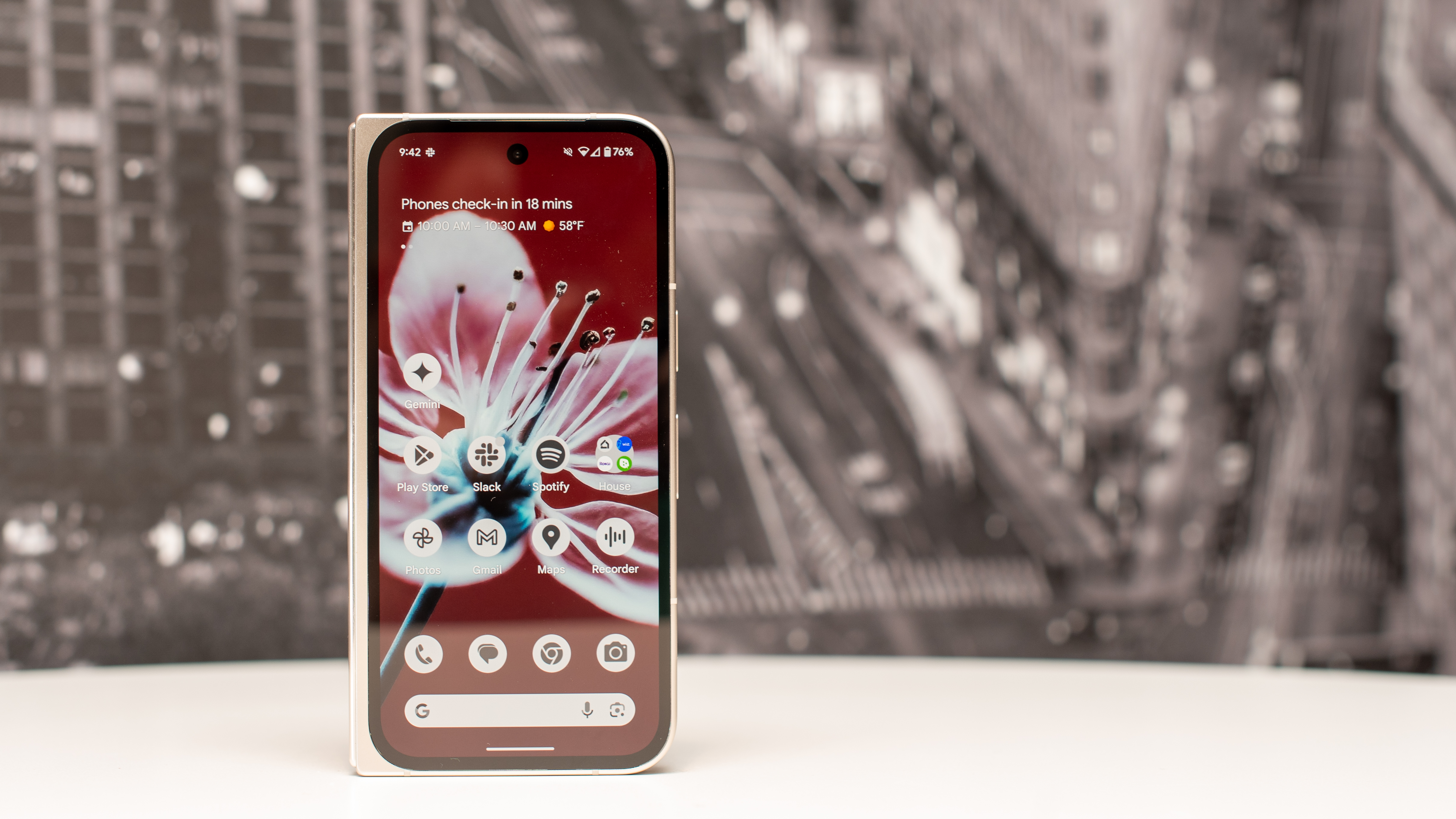
In raw performance, for instance, using Geekbench to test processing power, the Pixel 9 Pro Fold was faster than the OnePlus Open. With single-core scores just under 2,000 for the Pixel versus just over 1,000 for the OnePlus, the Pixel may claim to be twice as fast – on paper, at least. The Galaxy Z Fold 6 scored around 2,200 on the same test. The winner is clear, but the difference isn’t so stark.
In graphics performance, Samsung's foldable pulls further ahead. The Pixel 9 Pro Fold managed a decent frame rate of 35.6fps on the Basemark test: The Expedition. The OnePlus Open managed 38.7fps on the same test. The Galaxy Z Fold 6 dominated the pack with a frame rate of 55.9fps. Those scores are like the difference between two generations of gaming consoles.
I’m not worried at all about using the Pixel 9 Pro Fold right now; its Tensor G4 chipset is perfectly suited for today’s Android and all of today’s apps. I’m a bit more worried about what happens over the next seven years of Android OS updates, as Google adds more and more AI features, and relies on the device to run more of the machine learning models.
Thankfully, the 16GB of RAM on board should at least keep the Pixel 9 Pro Fold afloat longer than most other phones. Google can also offload much of the work to its cloud servers. I have no reason to think the Pro Fold won’t last seven years; I just wish it were a bit faster now, at the very start of the race.
- Performance score: 3/5
Google Pixel 9 Pro Fold review: Battery
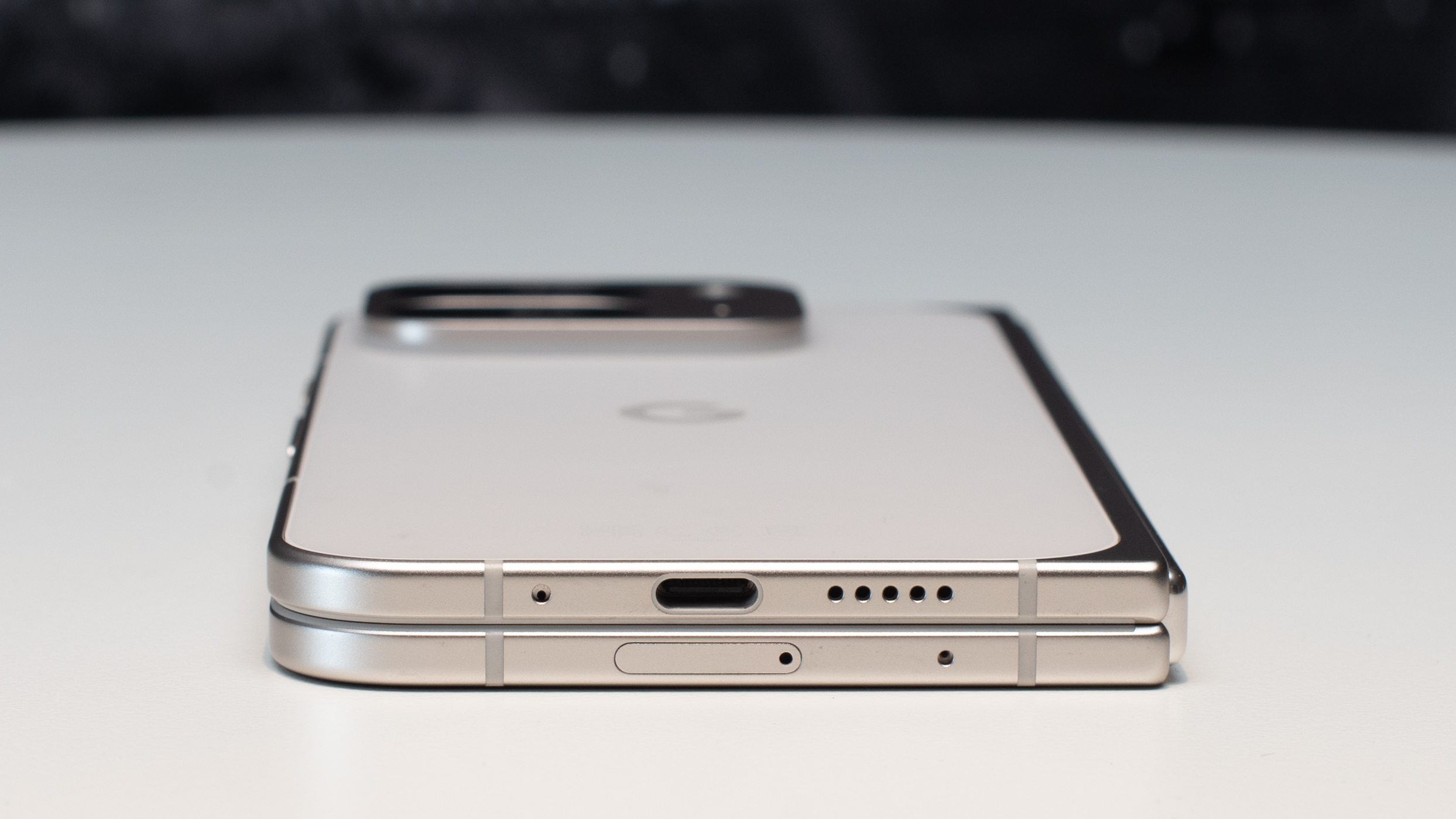
- Smaller battery than other Pixel 9 phones, and it shows
- Slower charging than other Pixel 9s. Isn’t this the expensive phone?!
The Pixel 9 Pro Fold packs the smallest battery of any Pixel 9 phone, even smaller than the base model. It also charges slower than the other recent Pixel phones, at only 21W versus 37W on the Pixel 9 Pro XL. Battery life was good, but the other Pixel phones, especially the Pixel 9 Pro XL, lasted longer.
Compared to other foldable phones, the Pixel 9 Pro Fold offers just a bit more battery life. The Galaxy Z Fold 6 died a little more than 10.5 hours into our rundown test, while the Pixel 9 Pro Fold lasted an hour longer. To compare, the Pixel 9 Pro gave us 13.5 hours of battery life, which is two hours longer than the Pro Fold.
In my real-world testing, the Pixel 9 Pro Fold lasted all day if I used the big inner display more sparingly. If I used the inner display the majority of the time, I could burn through the battery before dinner. I don’t blame the Pro Fold – the display is so big and bright and beautiful, I just had to use it more.
That makes me wish the Pixel 9 Pro Fold had much faster charging. In addition to having the smallest battery of the Pixel 9 family, the Pro Fold also charges the slowest.
While Google advises buying a 45W charger for the other Pixel 9 phones (even though the Pixel 9 and Pixel 9 Pro only charge at 27W speed), the Pro Fold can’t even charge up to the 25W speed of the older chargers – it hit 21W in my charging test. After 30 minutes of charging, the battery wasn’t quite charged to 50%.
Should you buy the Google Pixel 9 Pro Fold?
Buy it if...
Don't buy it if...
Google Pixel 9 Pro Fold review: Also consider
How I tested the Google Pixel 9 Pro Fold
I received the Pixel 9 Pro Fold from Google and spent a week using the phone before writing this review. I used it as my only device as much as possible, for both work and personal use. Another Pixel 9 Pro Fold was tested by Future Labs for benchmark and lab tests
I used the Pixel 9 Pro Fold as my primary work phone, testing every feature, including calling and Call Notes, messaging, and web browsing. I also played games, listened to music, and played more games.
I used the Pixel 9 Pro Fold in my car for music and navigation, using Bluetooth and Android Auto. I also used it with a number of accessories, including the Pixel Buds Pro, Pixel Watch 2, Meta Ray Ban smart glasses, and other Bluetooth devices. I streamed video to my Google Chromecast connected to my TV.
I tested the Google Pixel 9 Pro Fold cameras alongside the best foldable phones, taking photos under the exact same conditions and comparing results. For each camera, I used the mode that produced the highest-resolution image with the best image quality, and compared the full-size images on a professional Dell monitor.
Future Labs tests phones using a mix of third-party benchmarking software and proprietary, real-world tests. We use Geekbench, CrossMark, JetStream, WebXPRT and Mobile XPRT, and 3DMark for performance testing. We test a phone's performance on tasks using Adobe Premiere Rush. We also measure display color output and brightness.
For battery testing, we have proprietary rundown tests that are the same for every phone, and which enable us to determine how long it takes for the battery to run down. Read more about how we test.
☑️ 100s of smartphones reviewed
☑️ 15 years of product testing
☑️ Over 16,000 products reviewed in total
☑️ Nearly 200,000 hours testing tech
First reviewed September 2024







